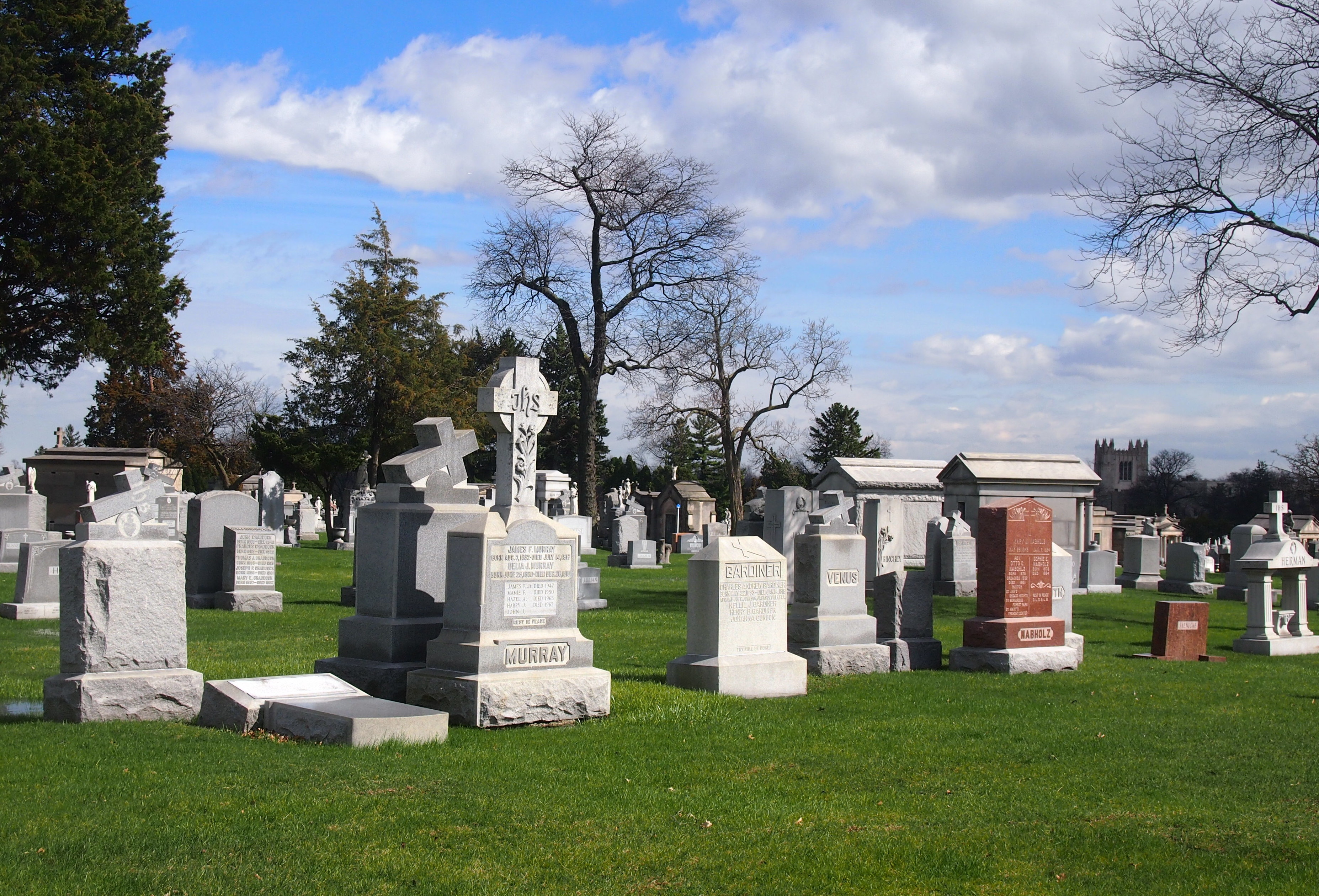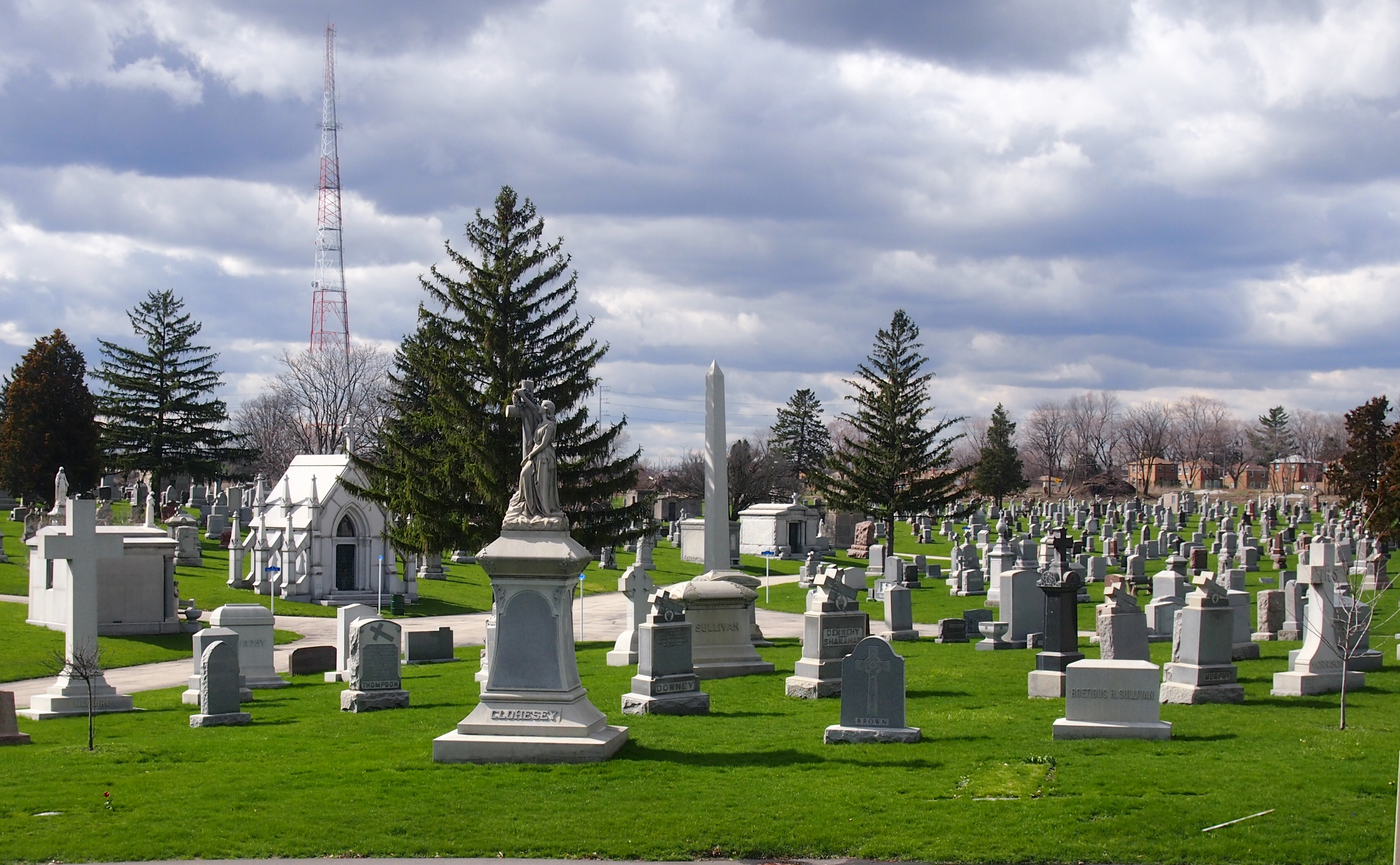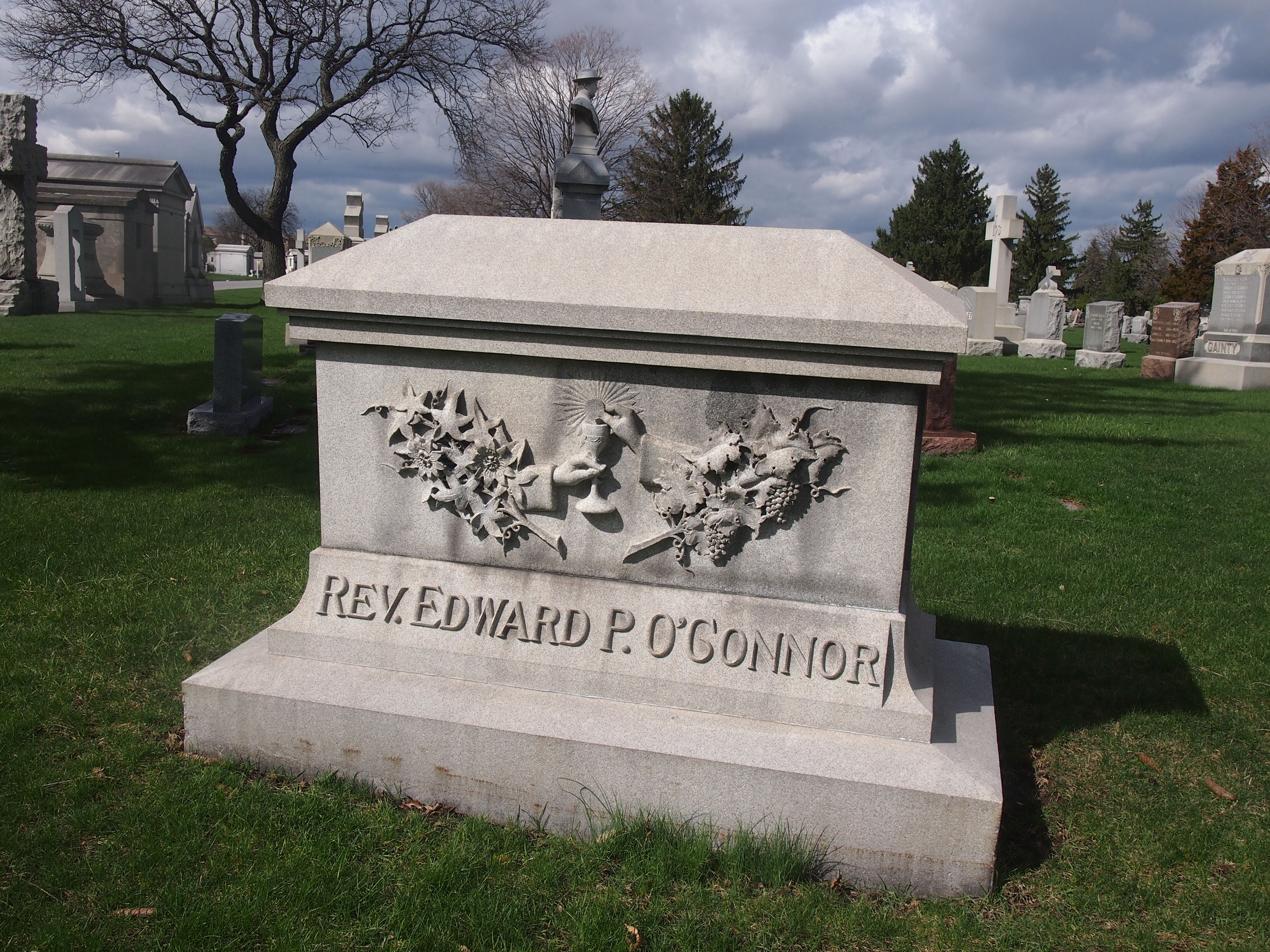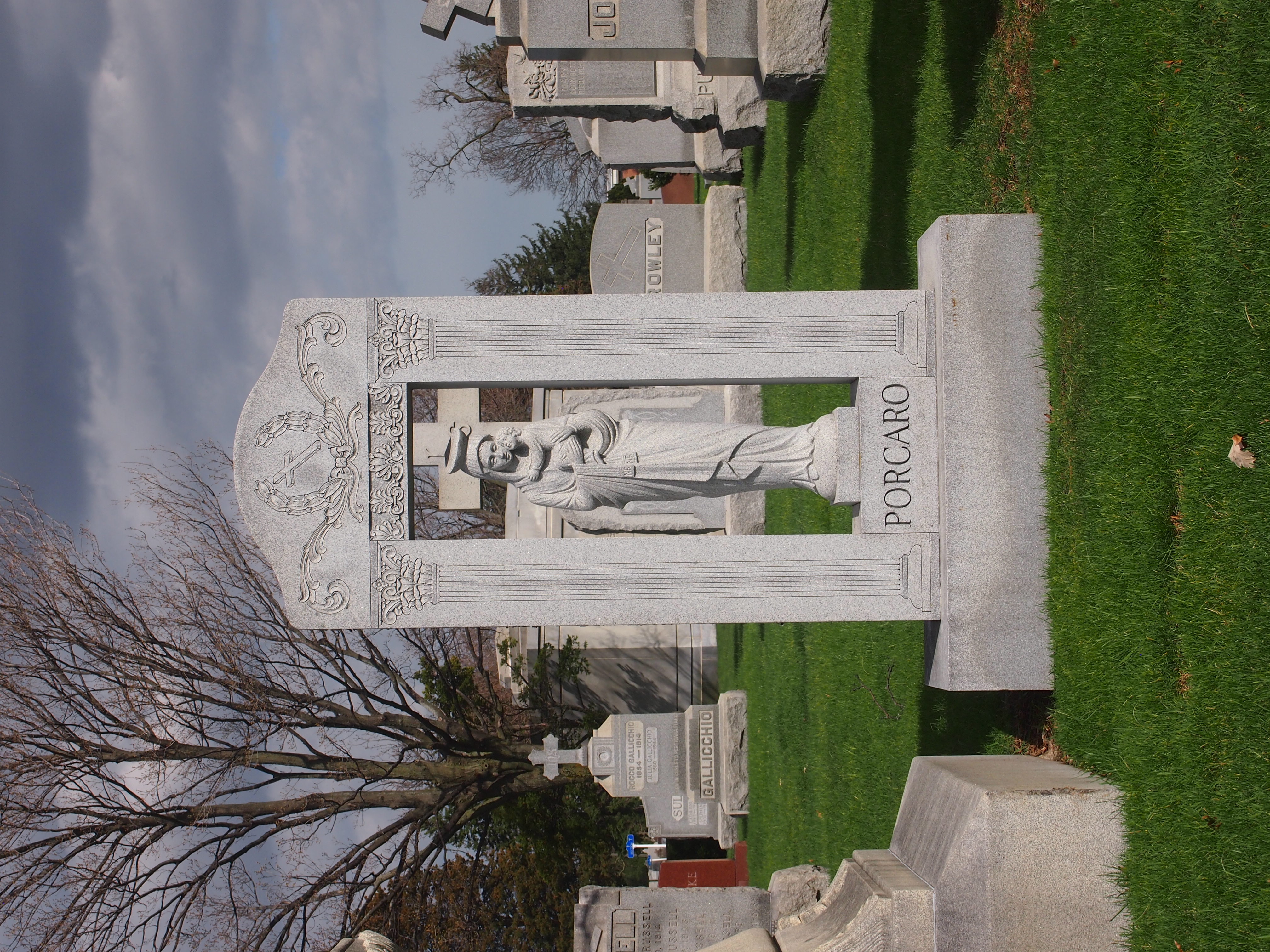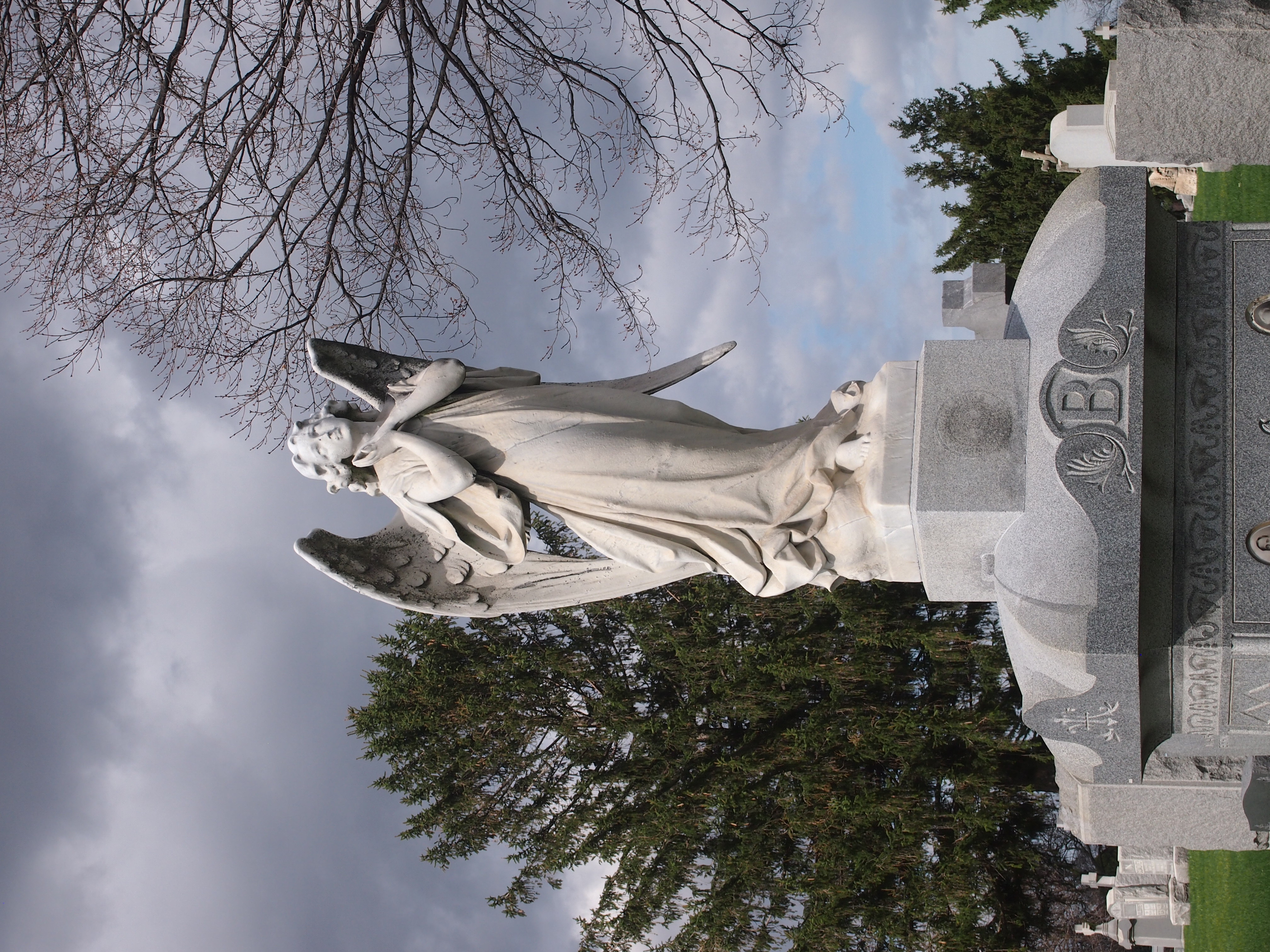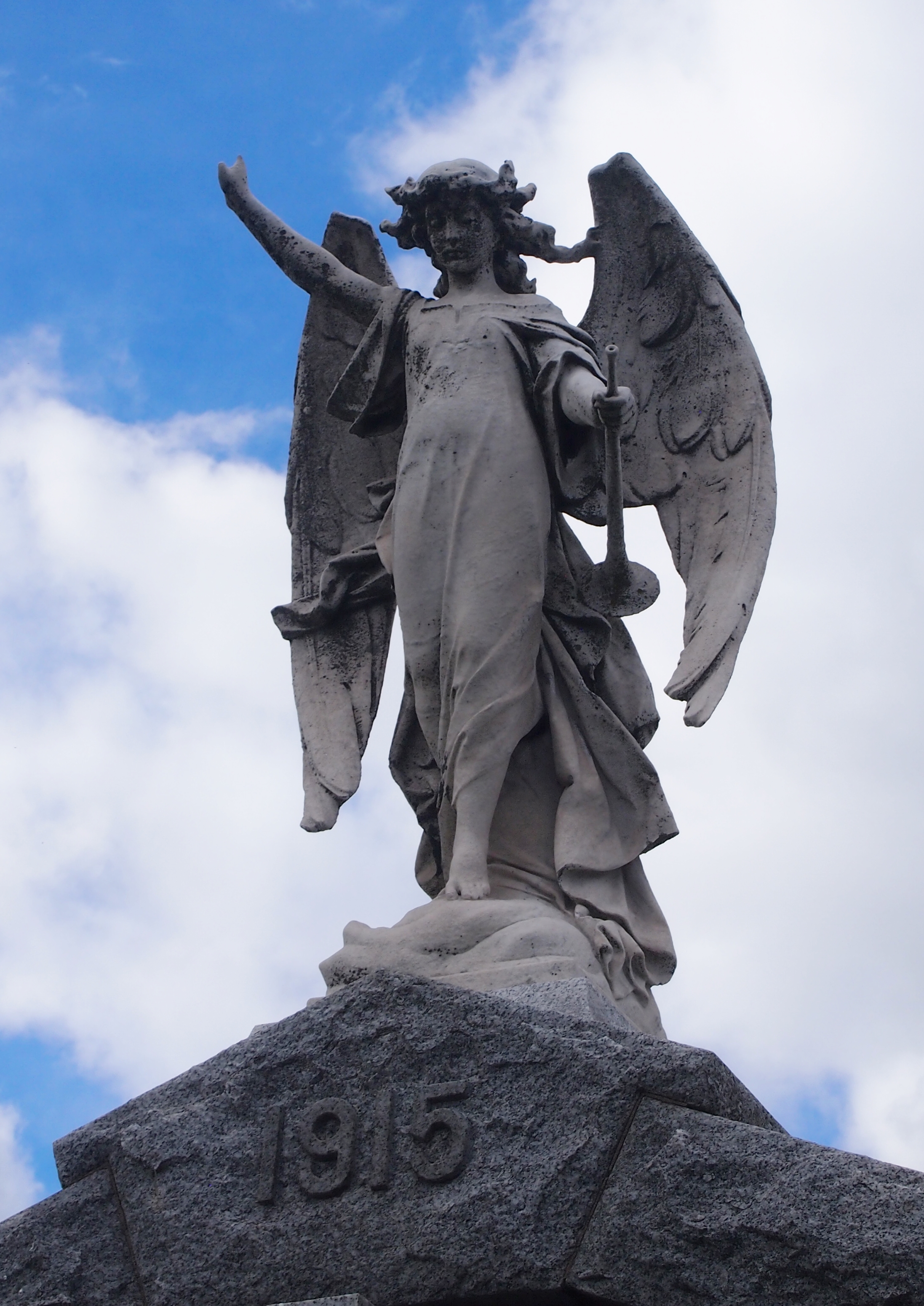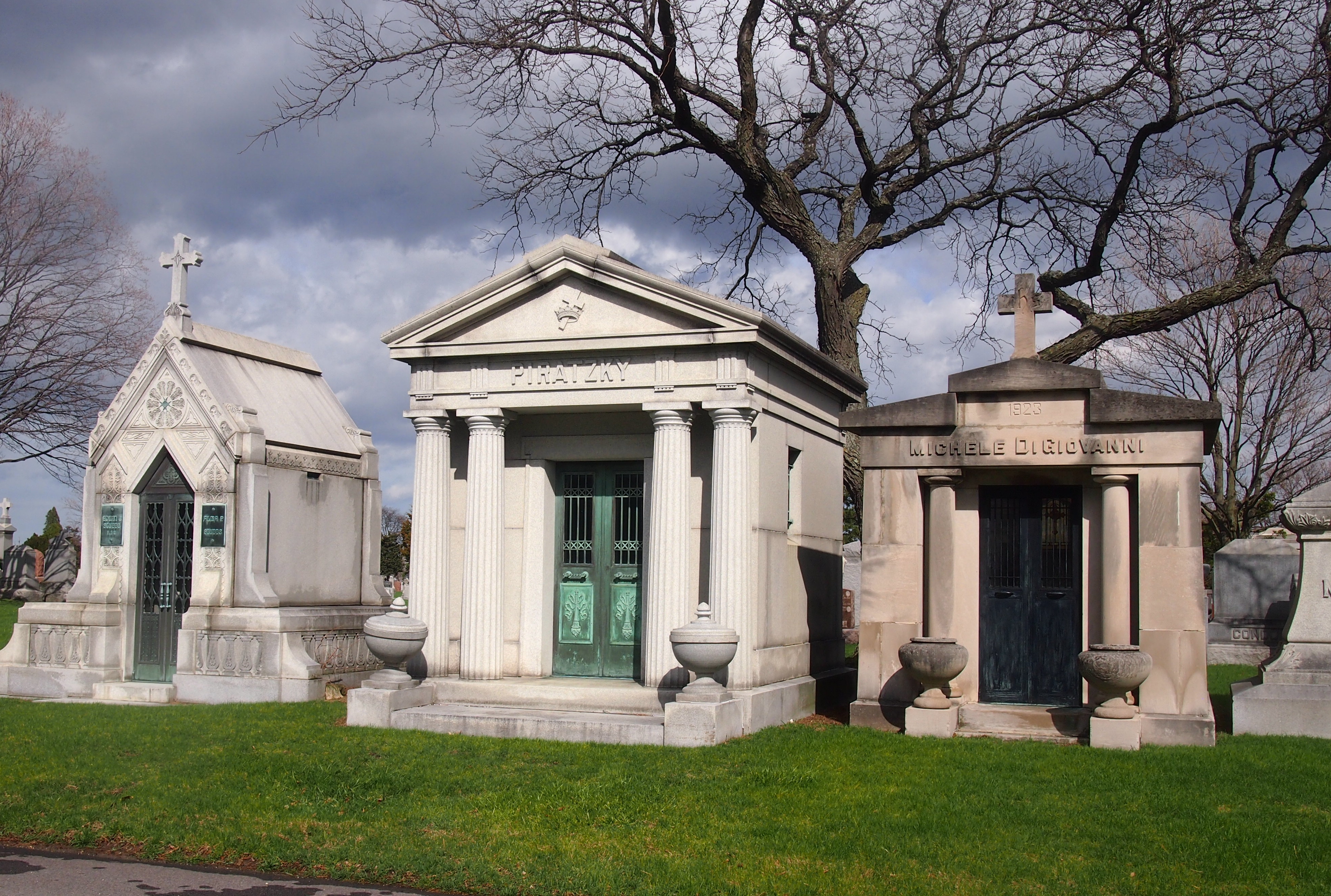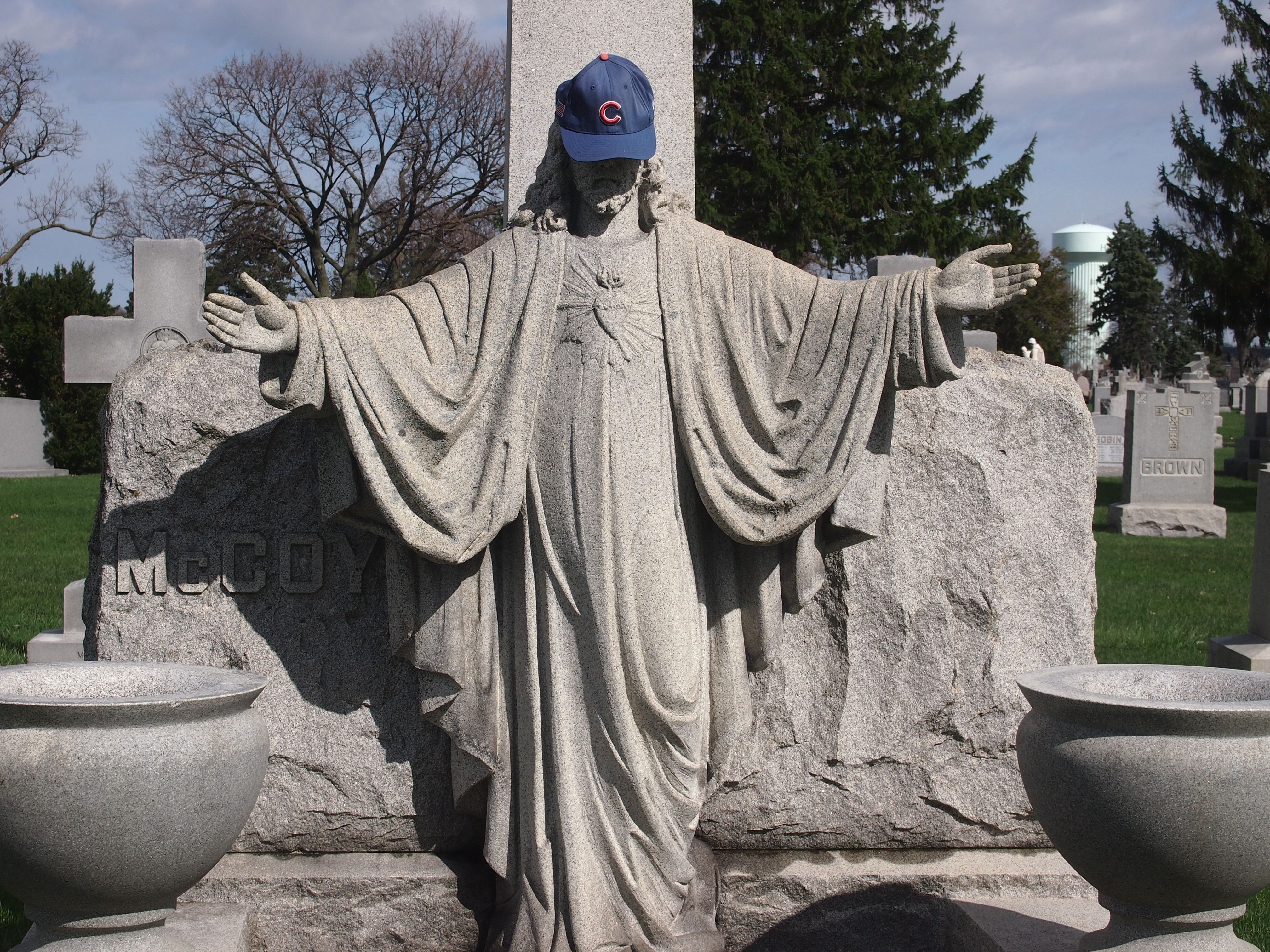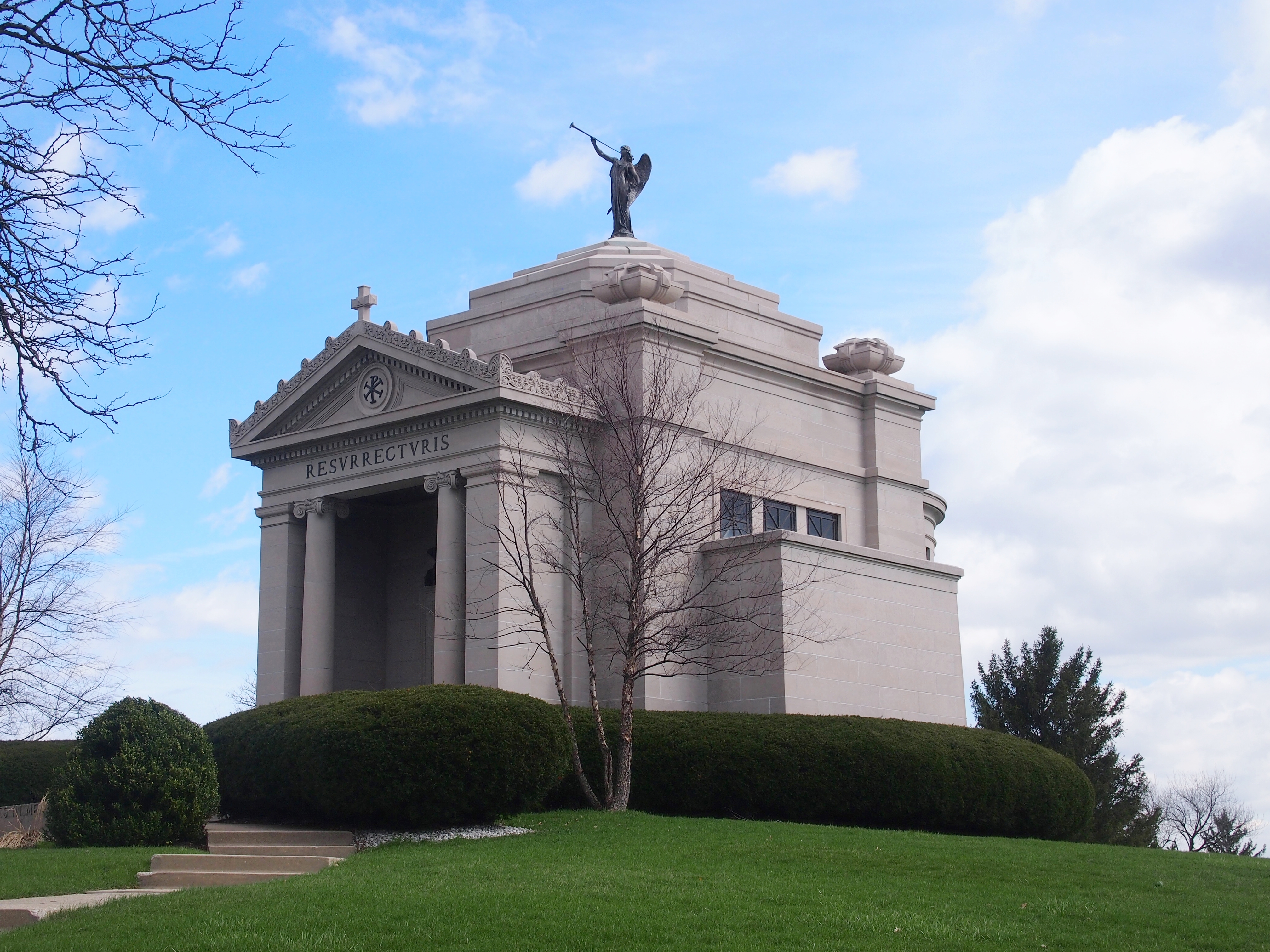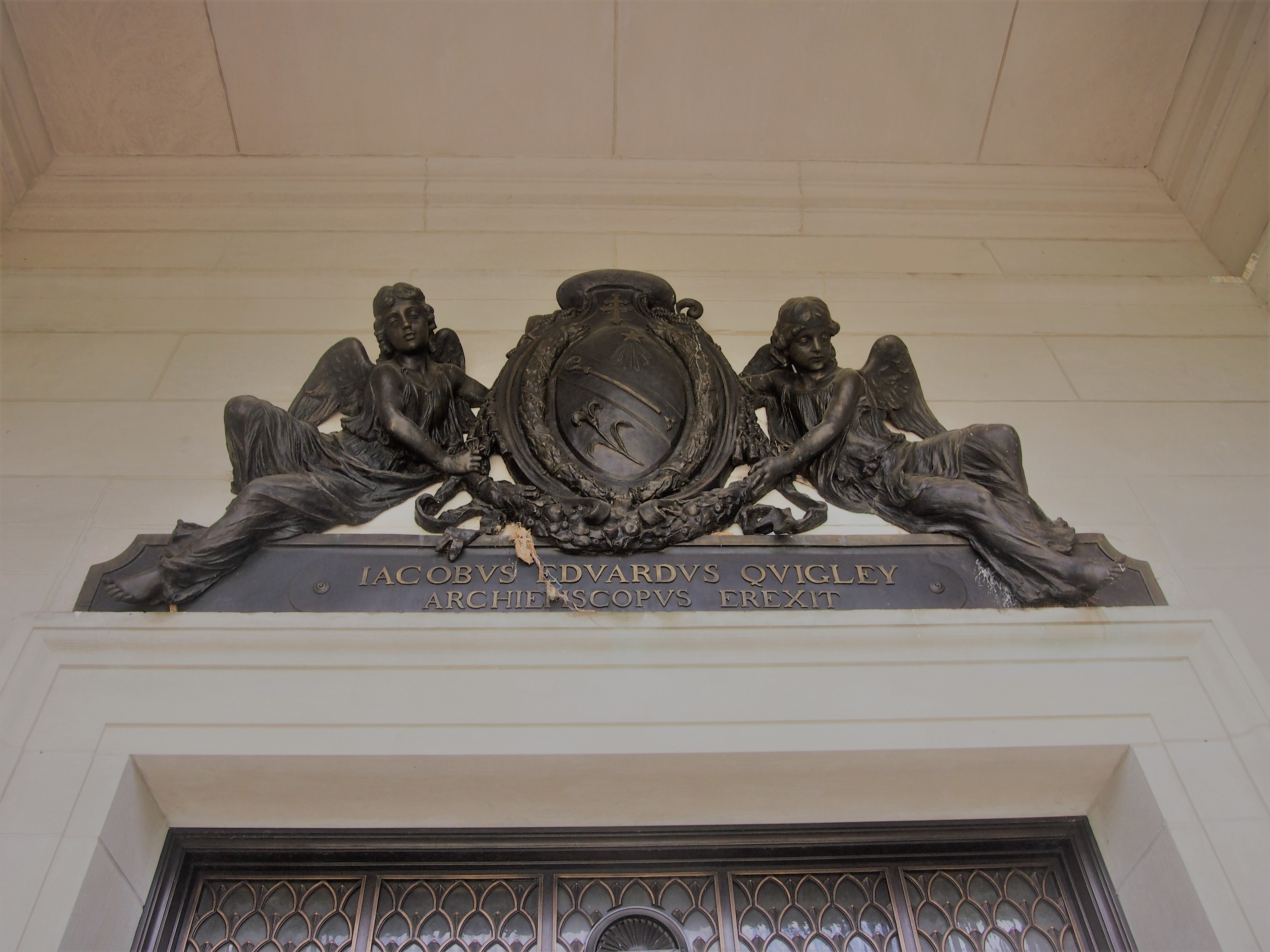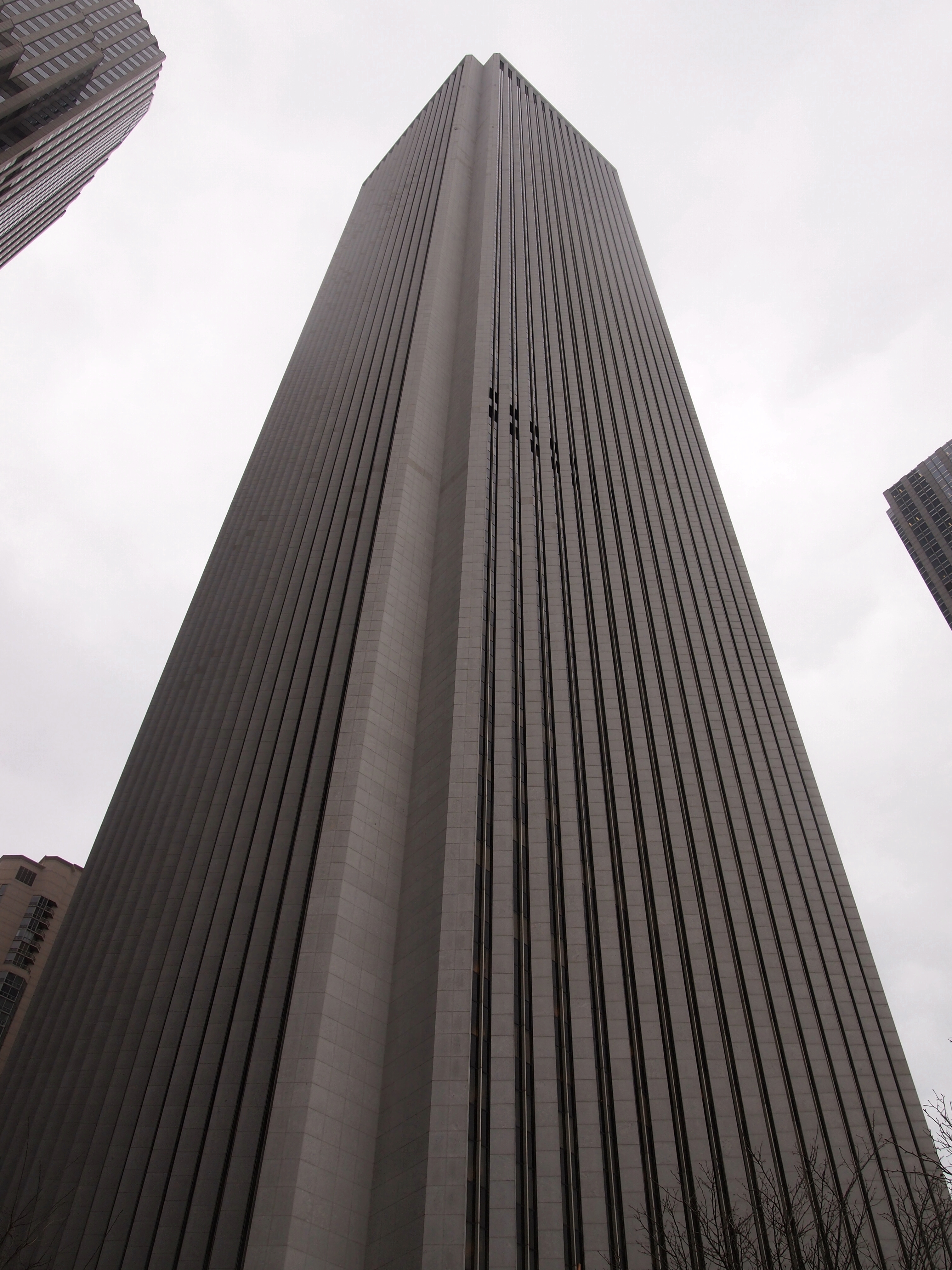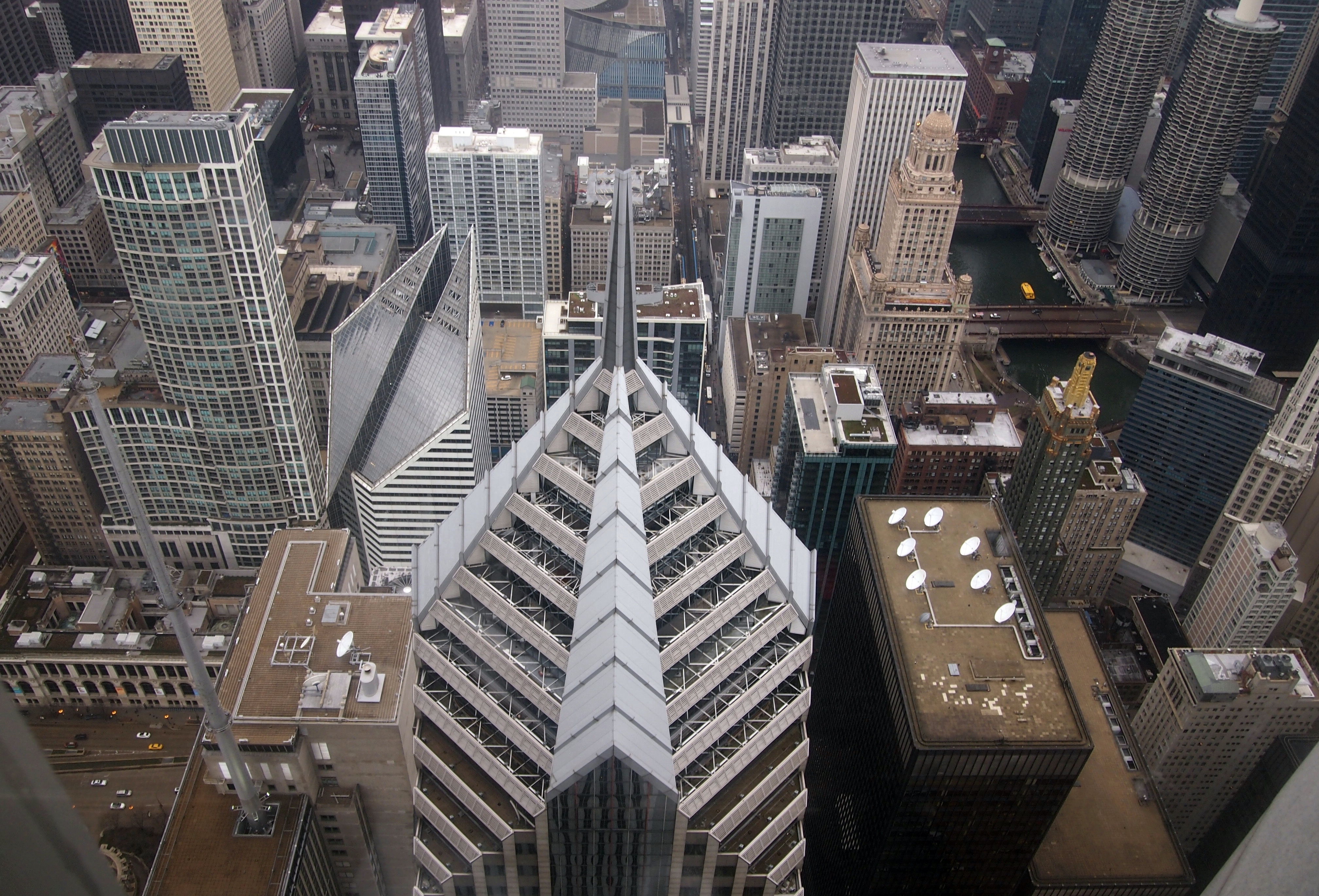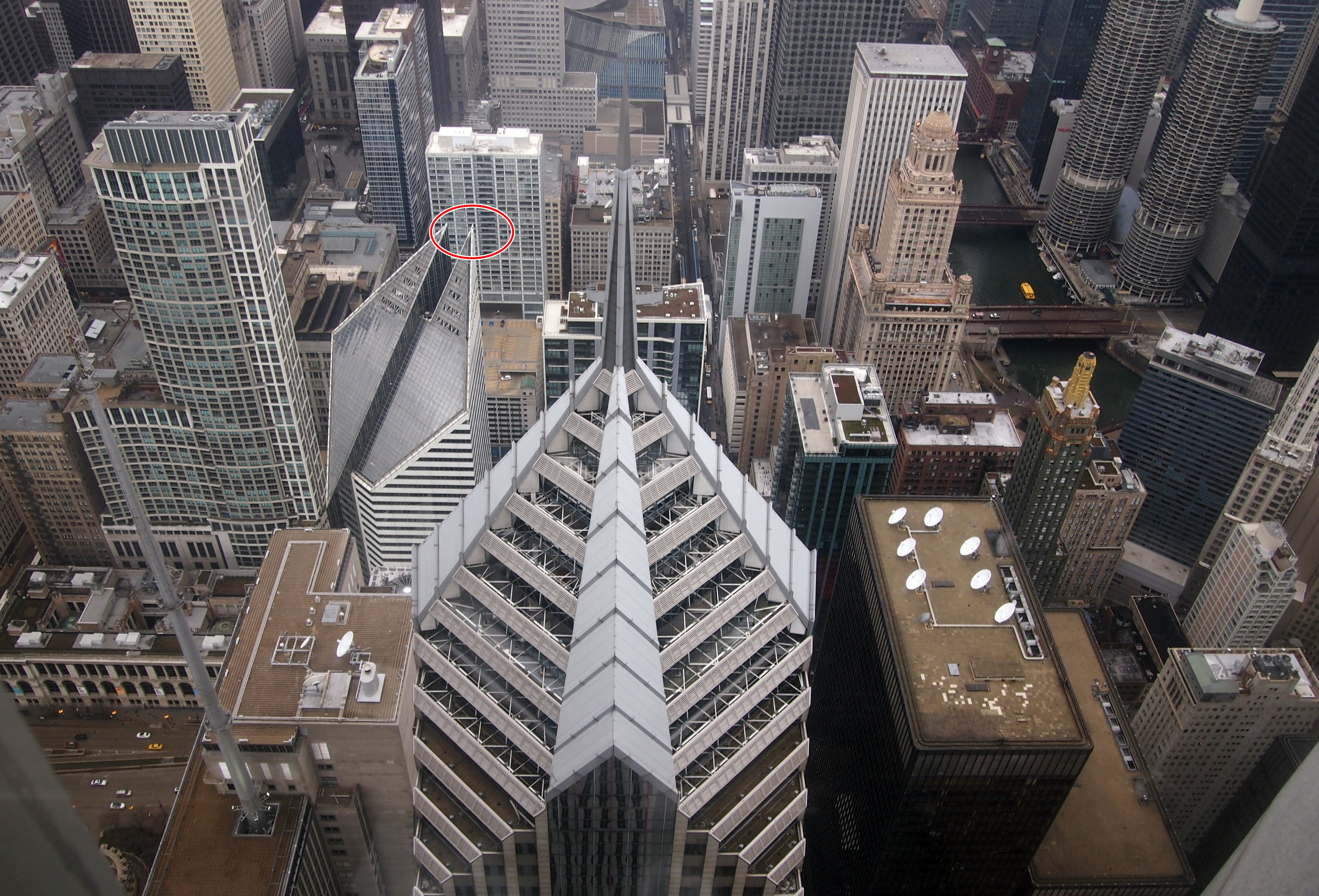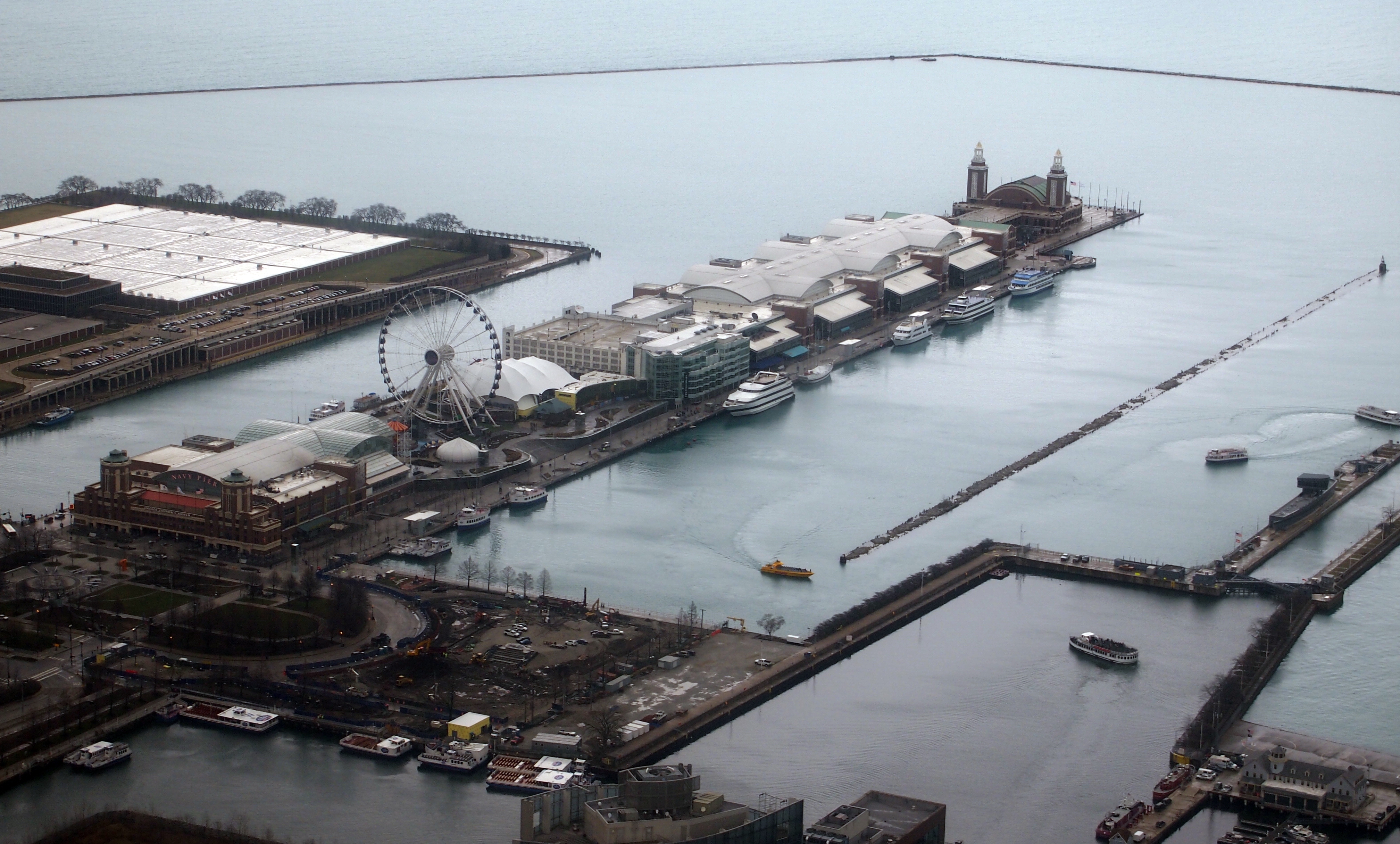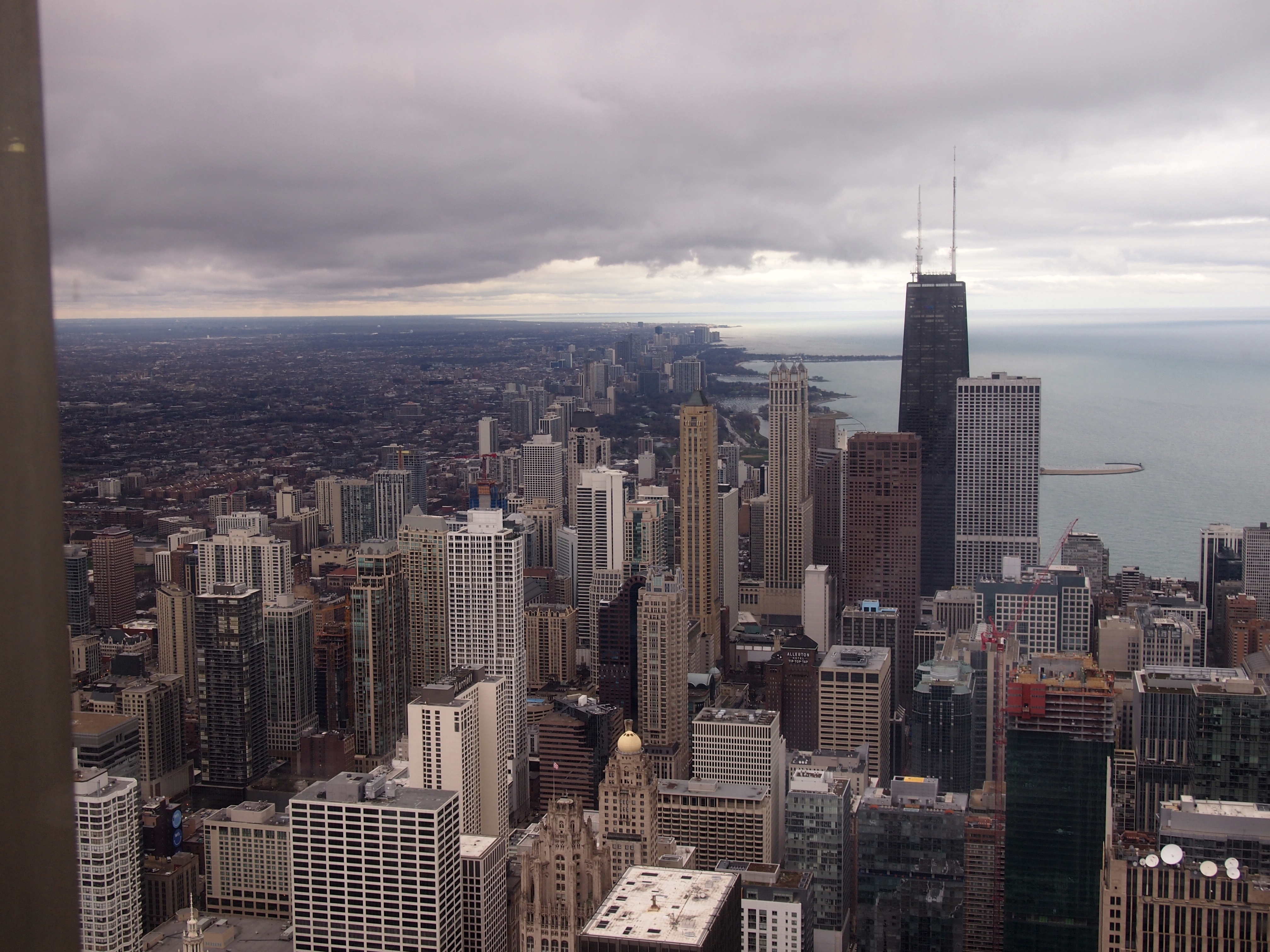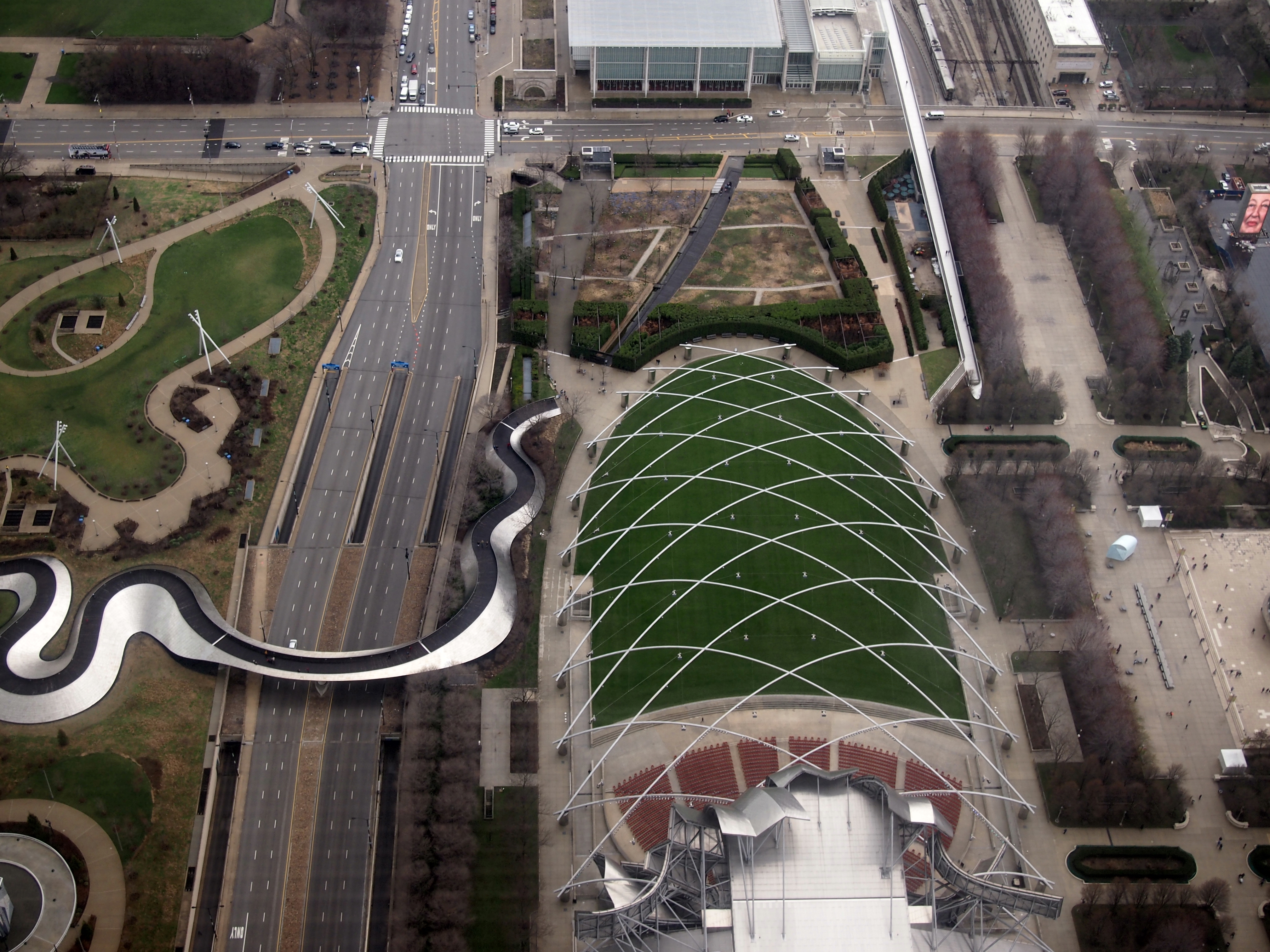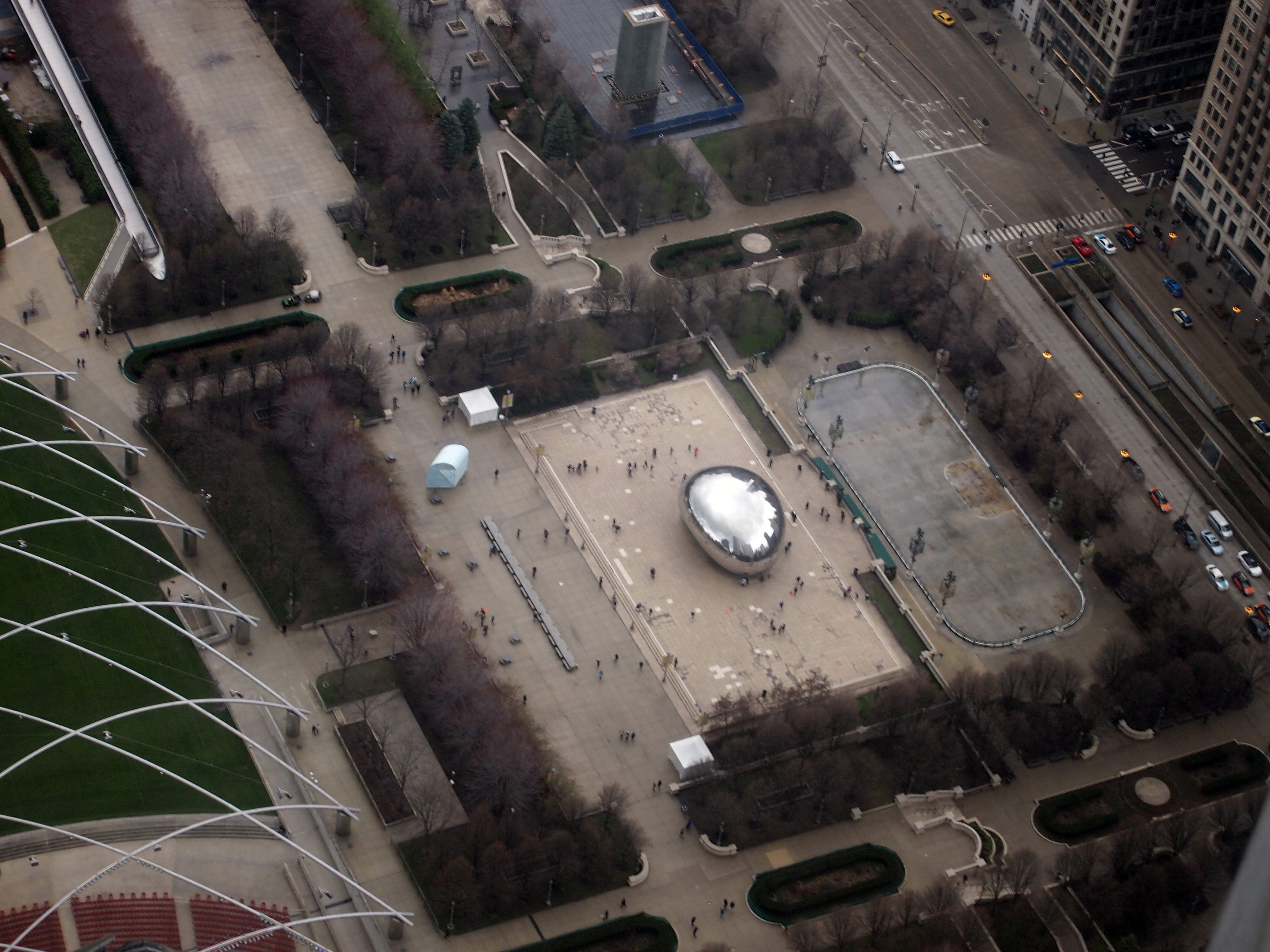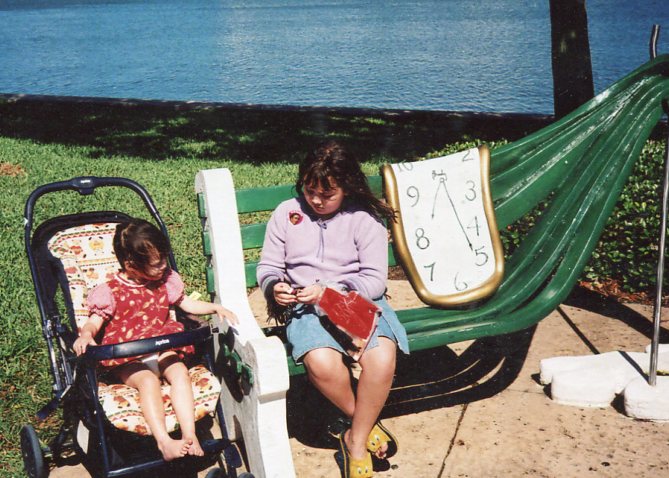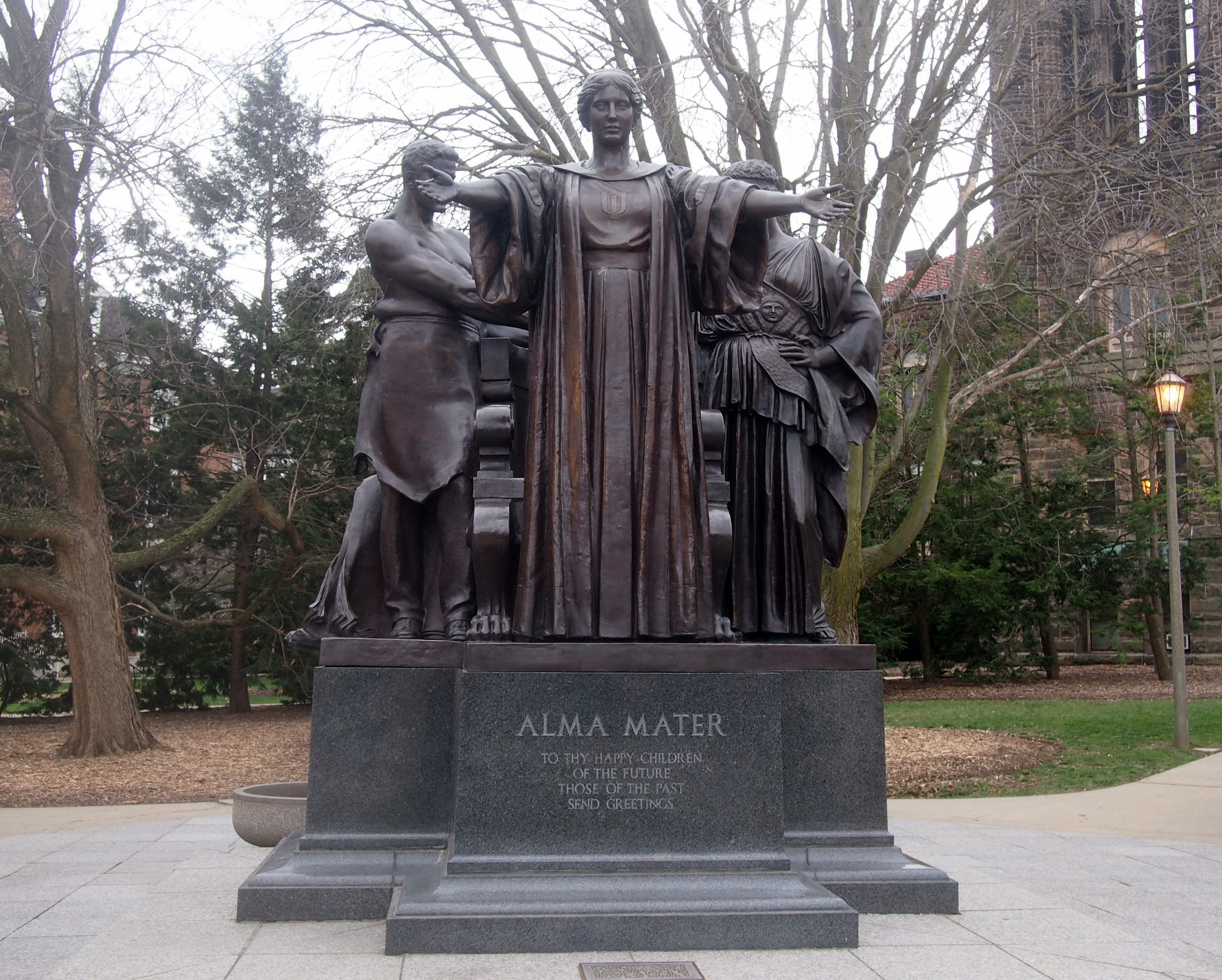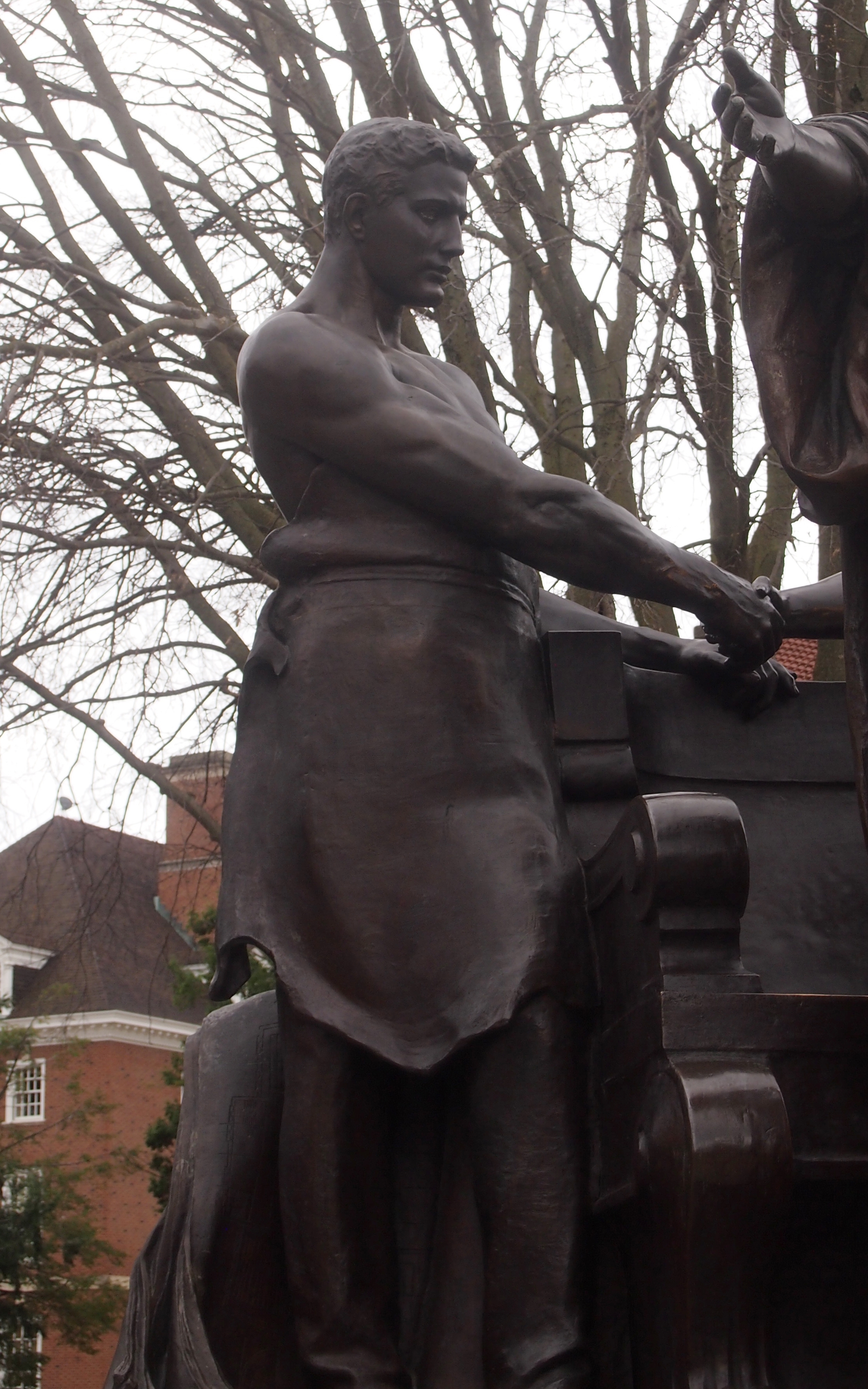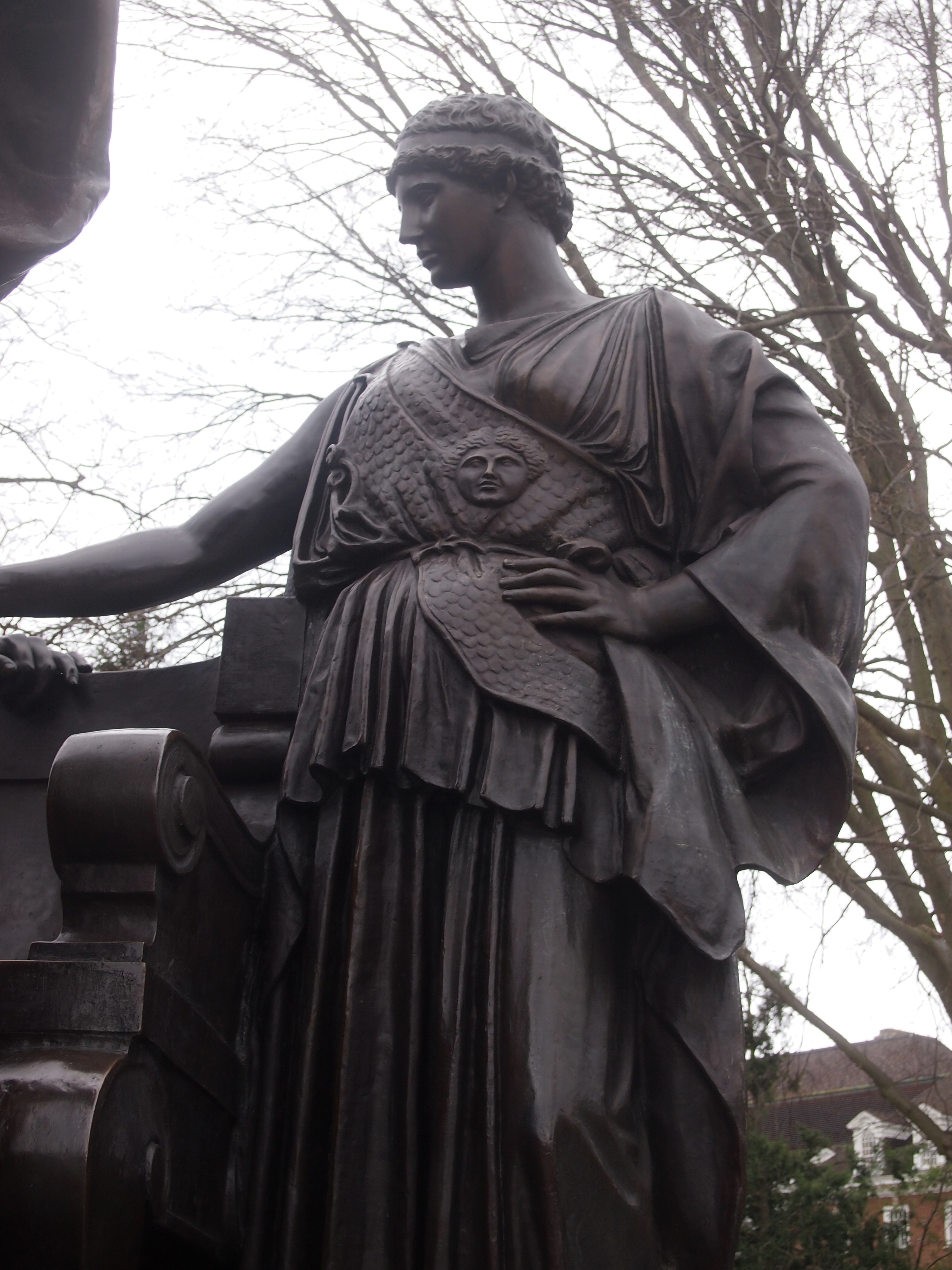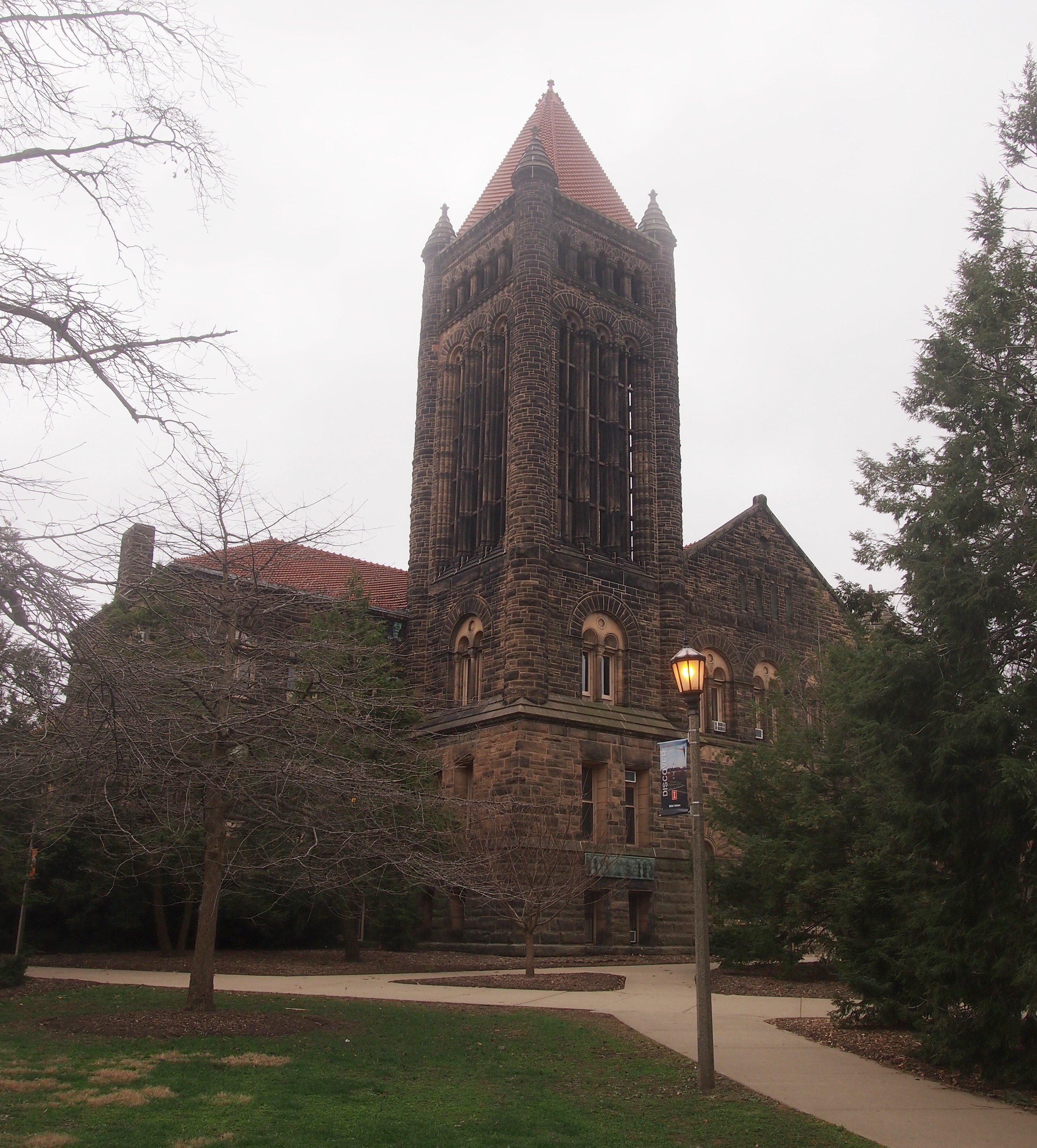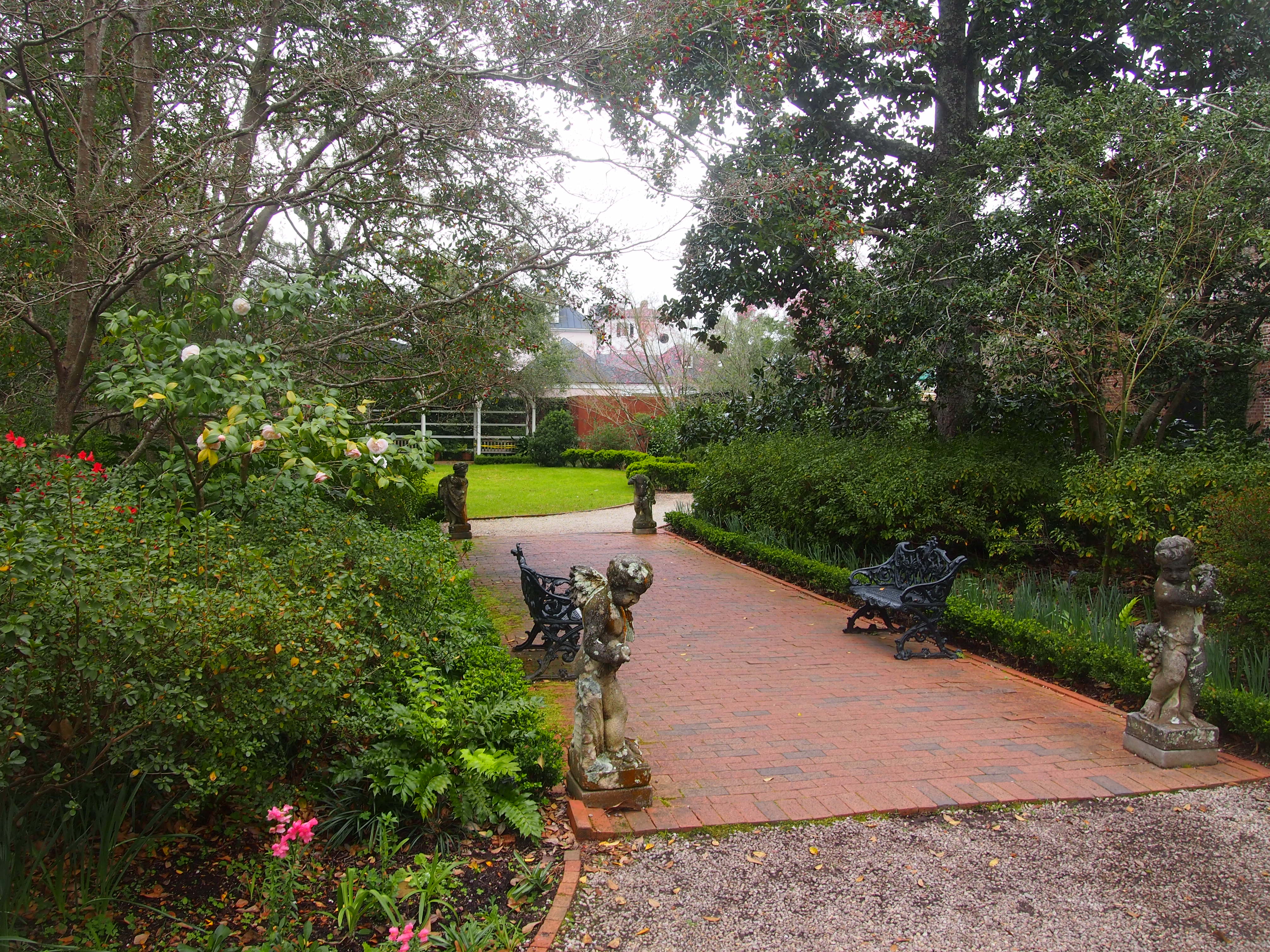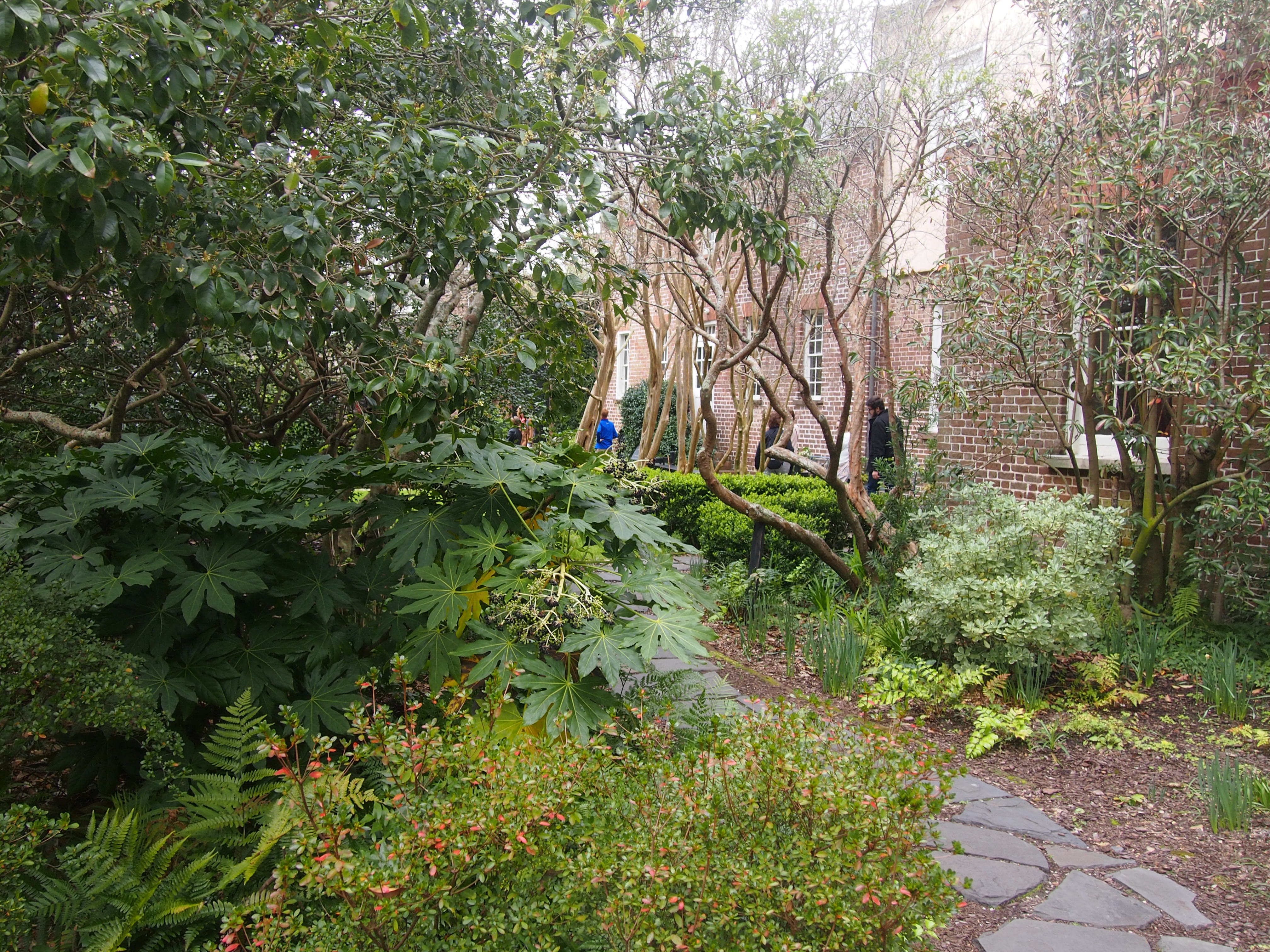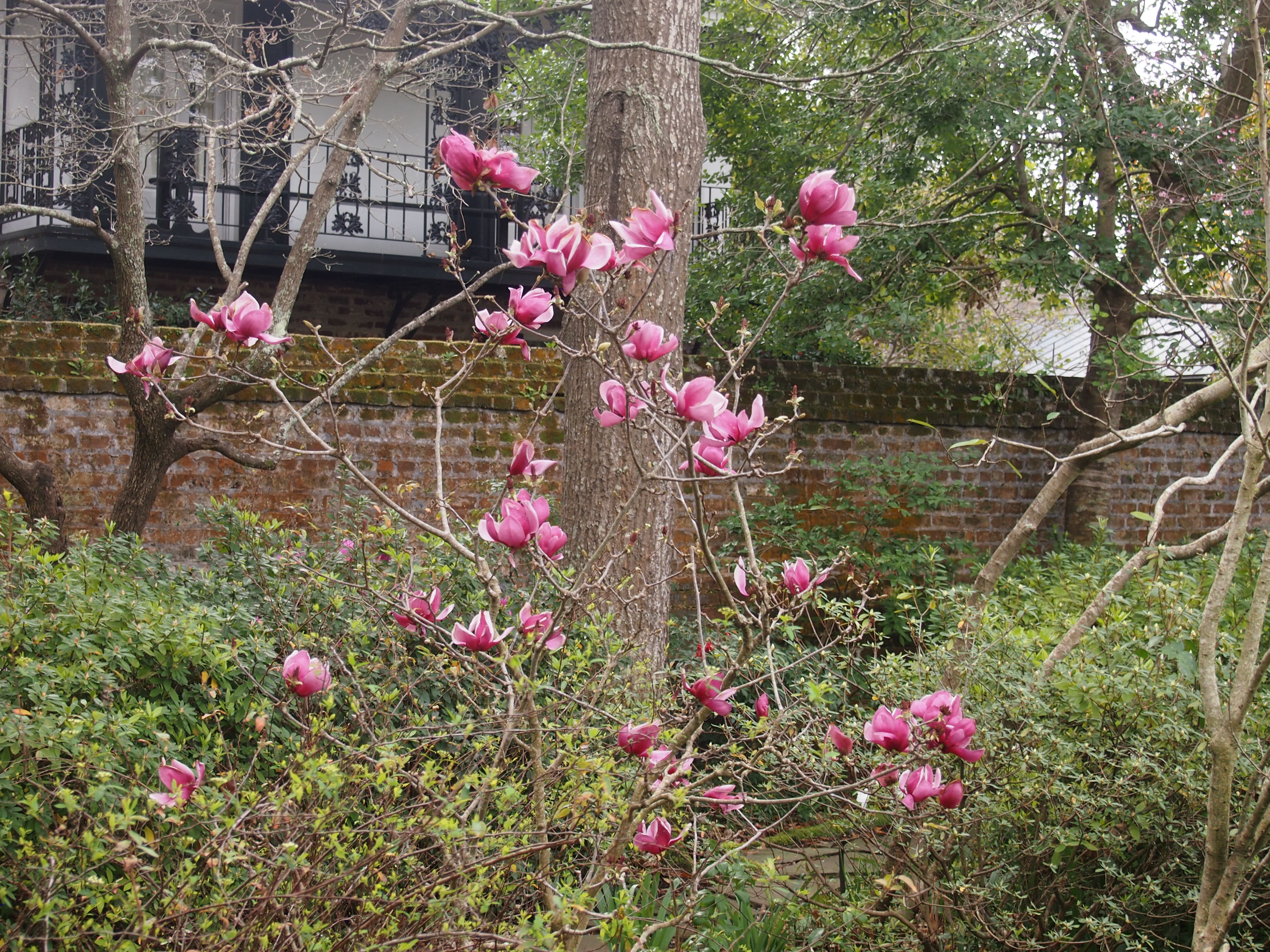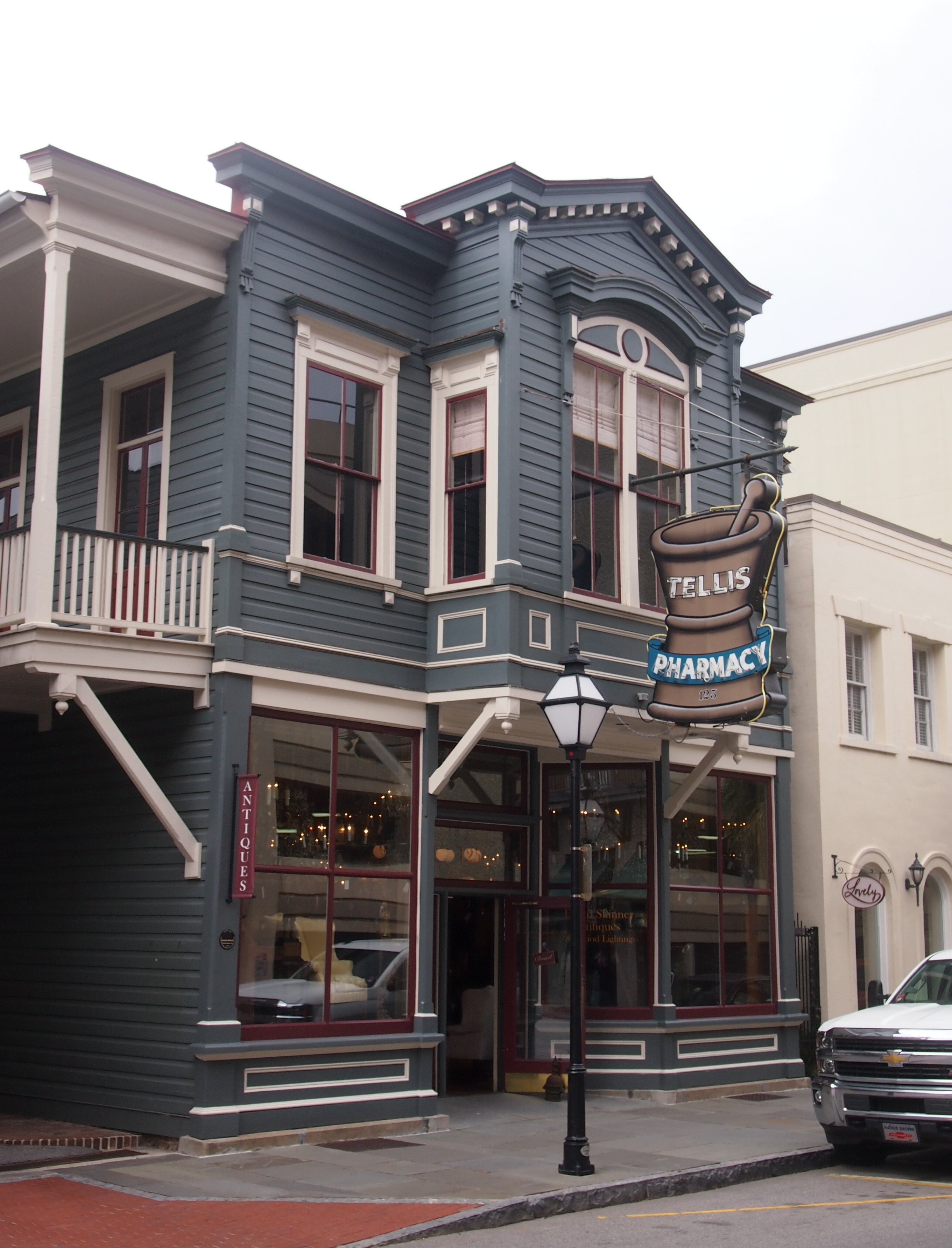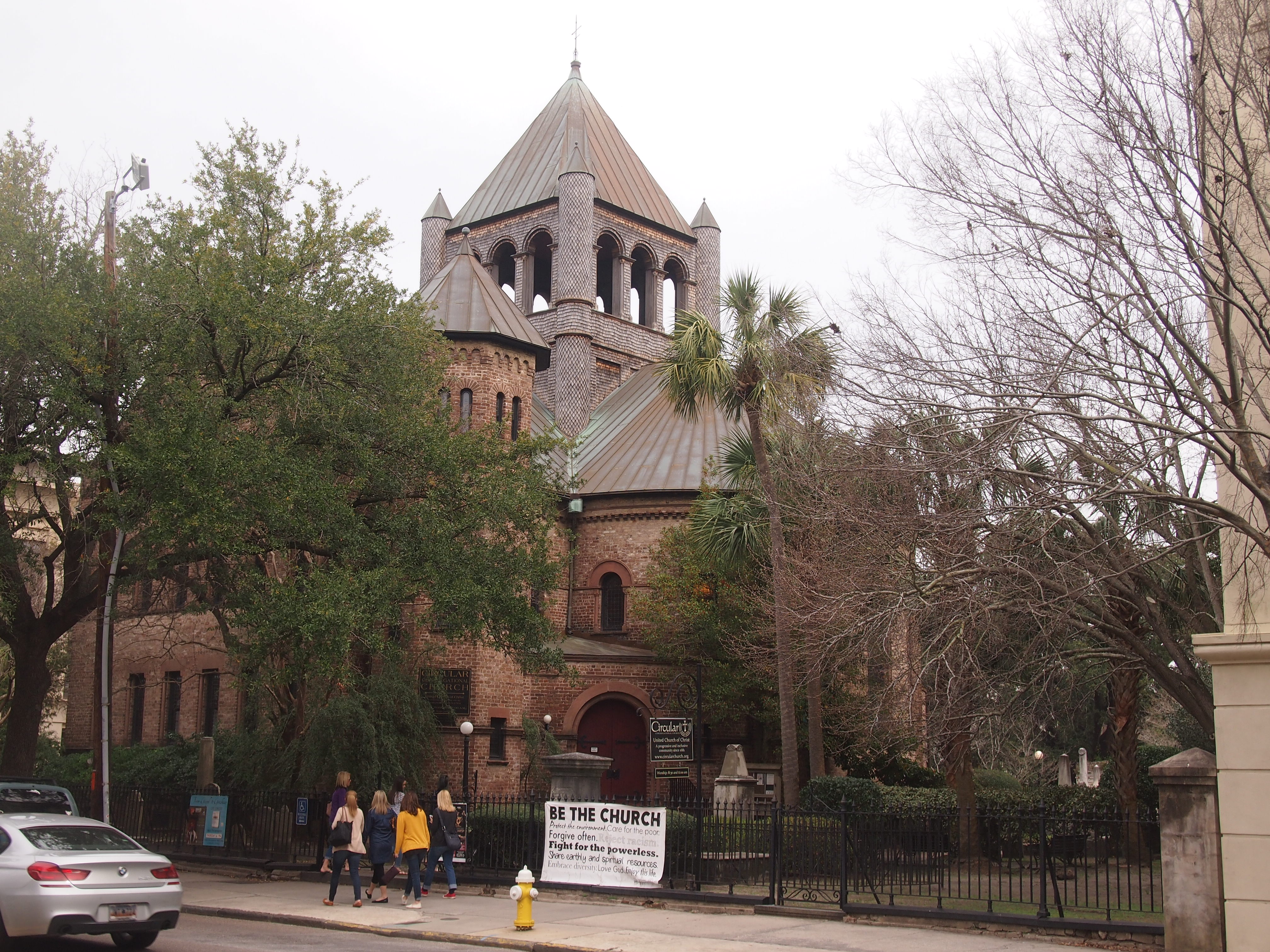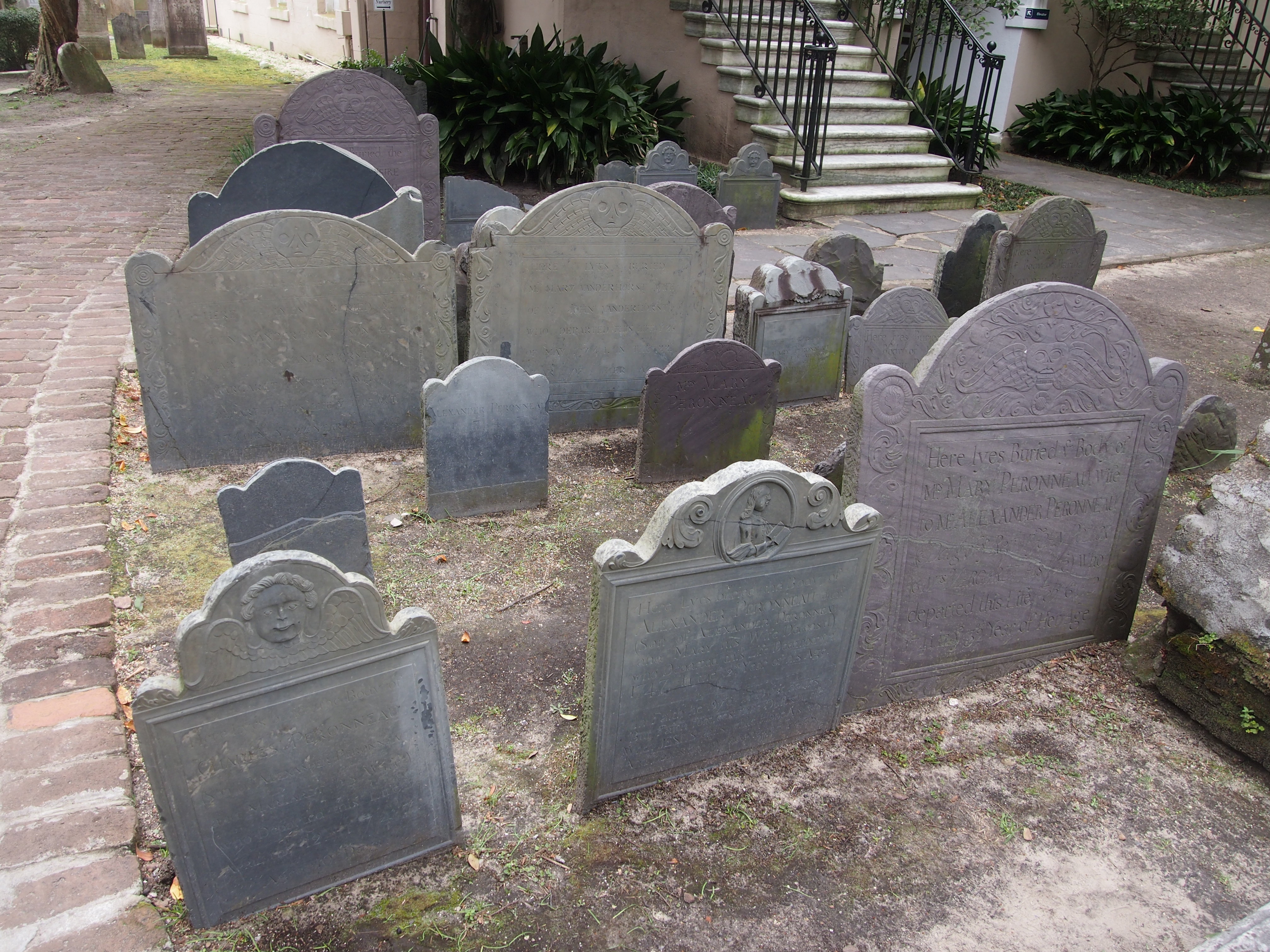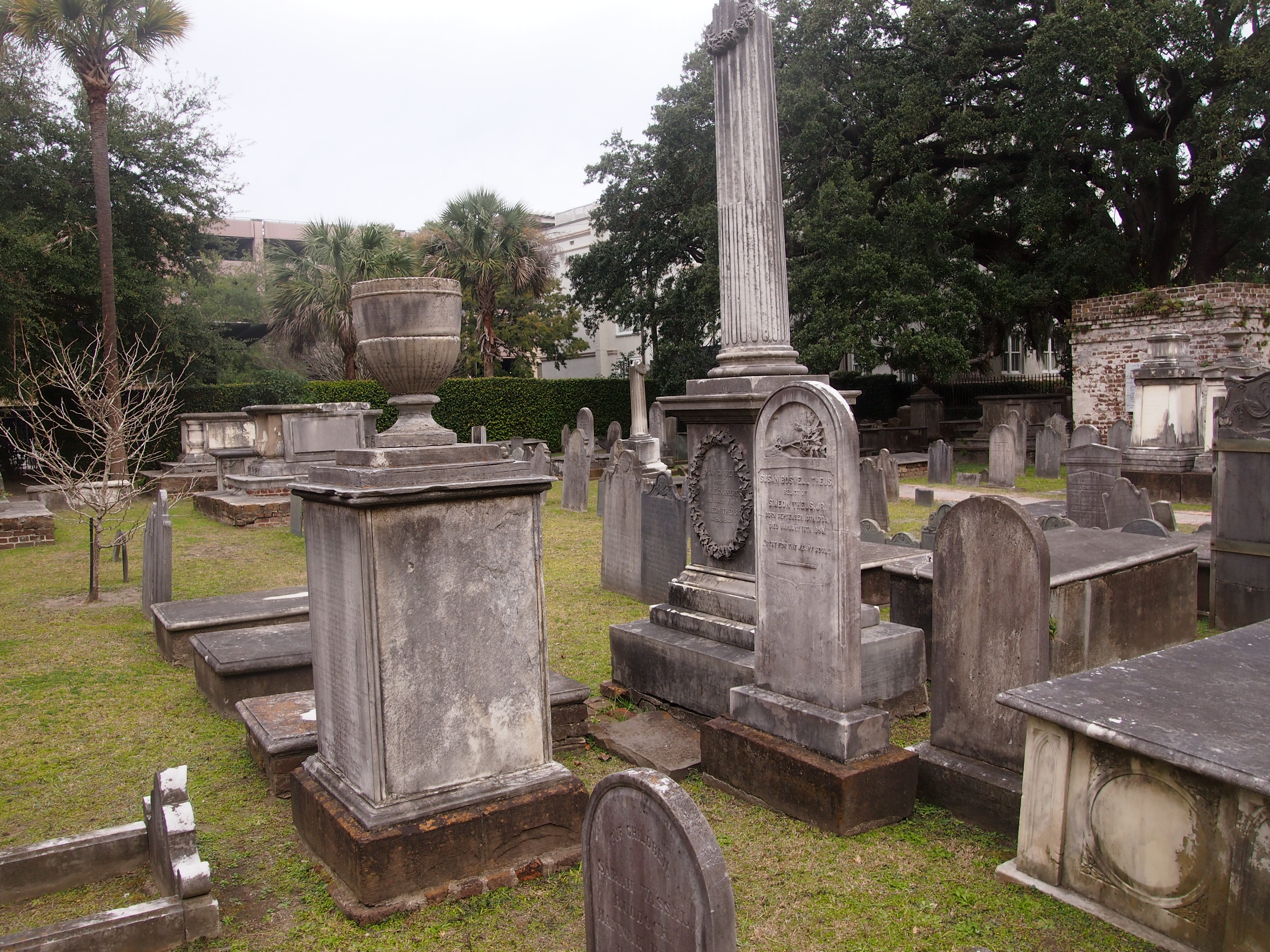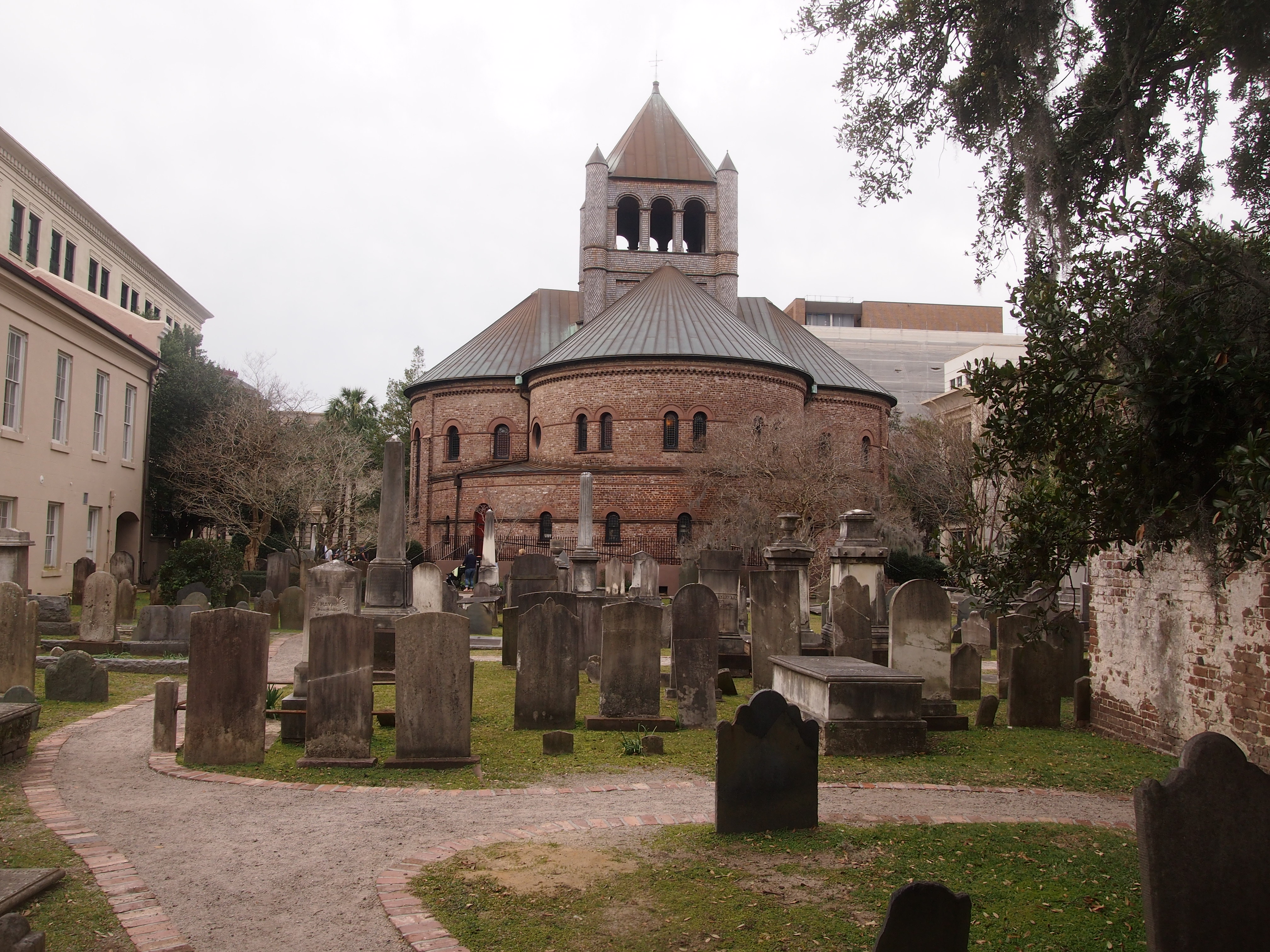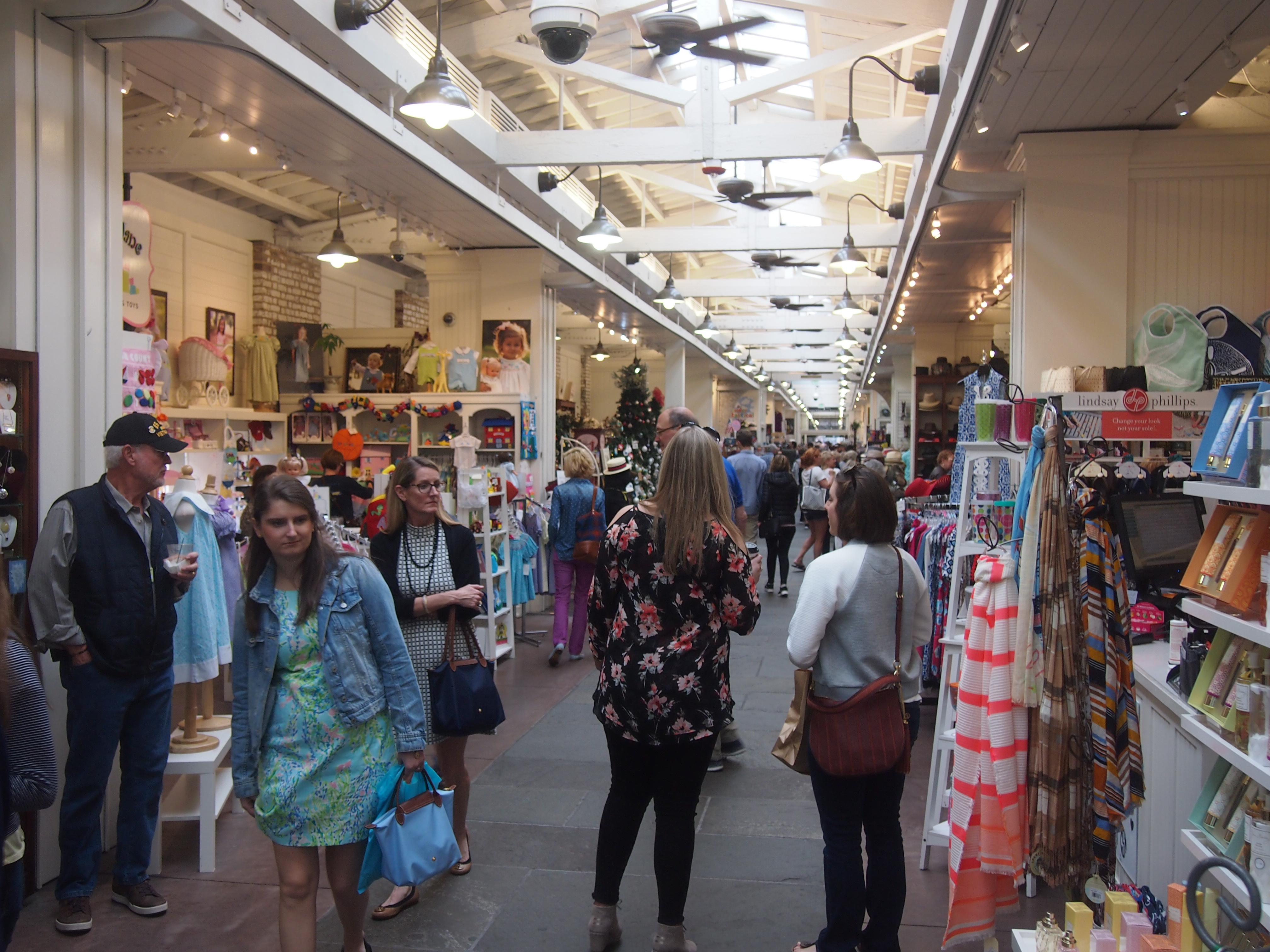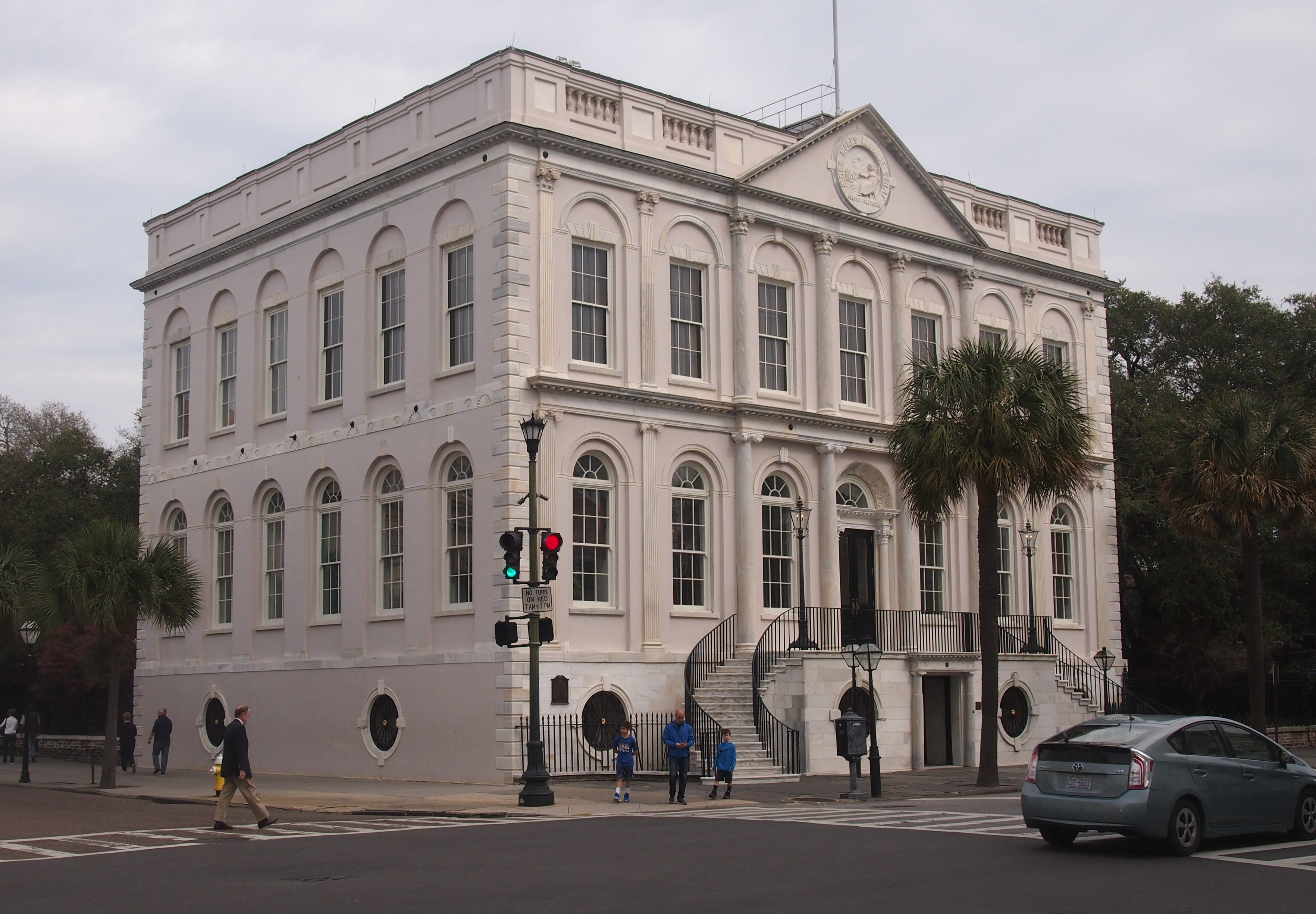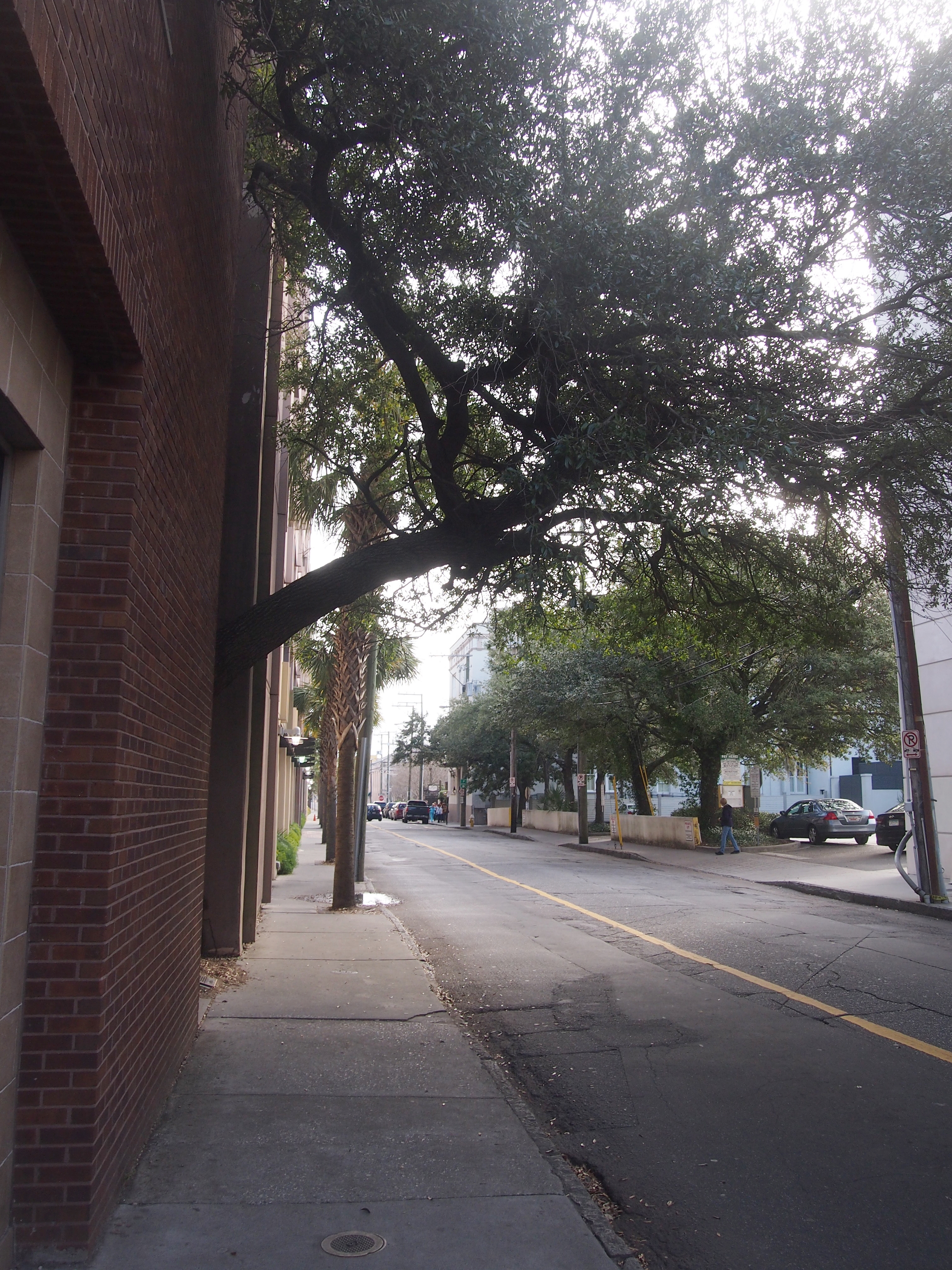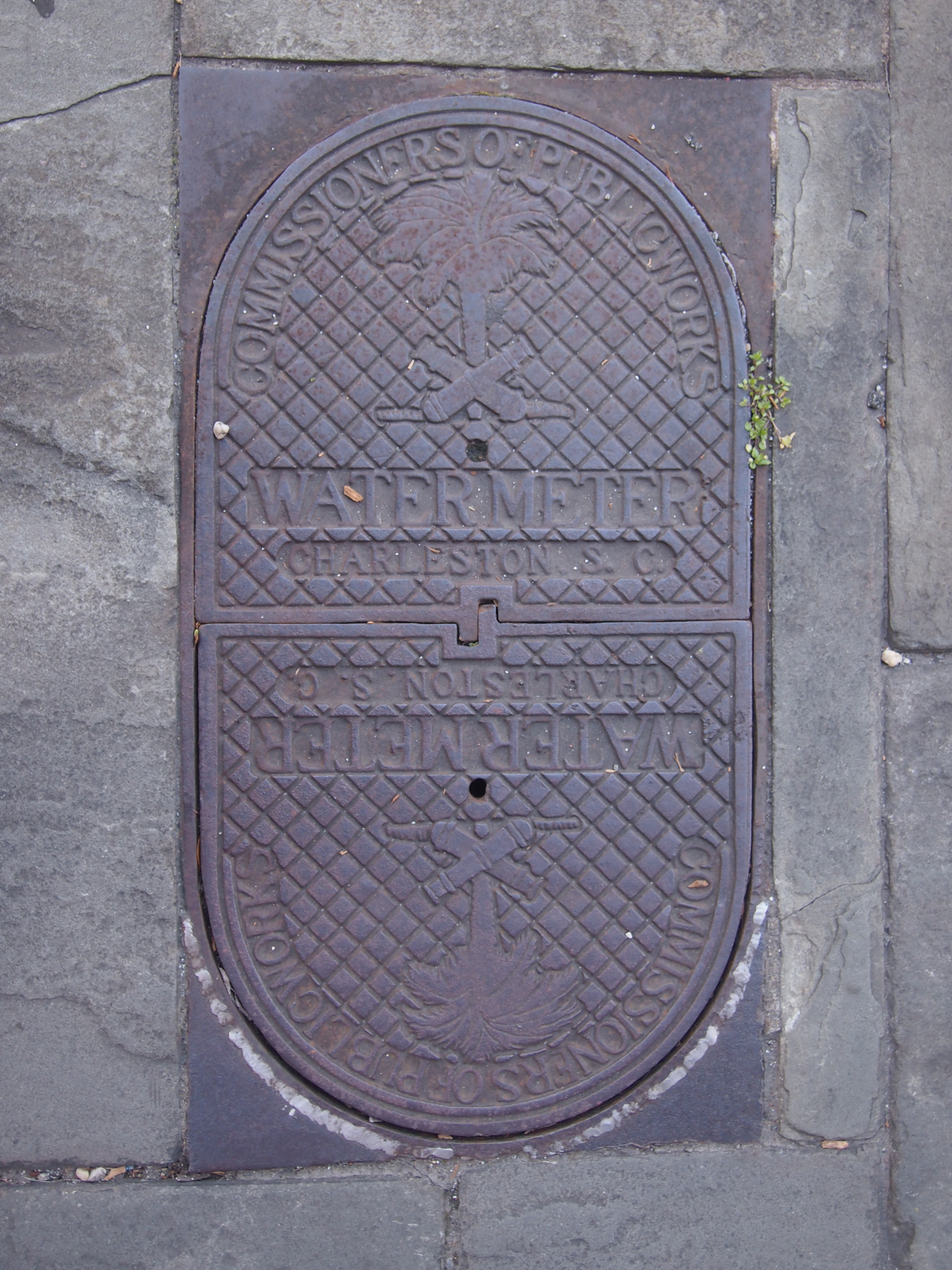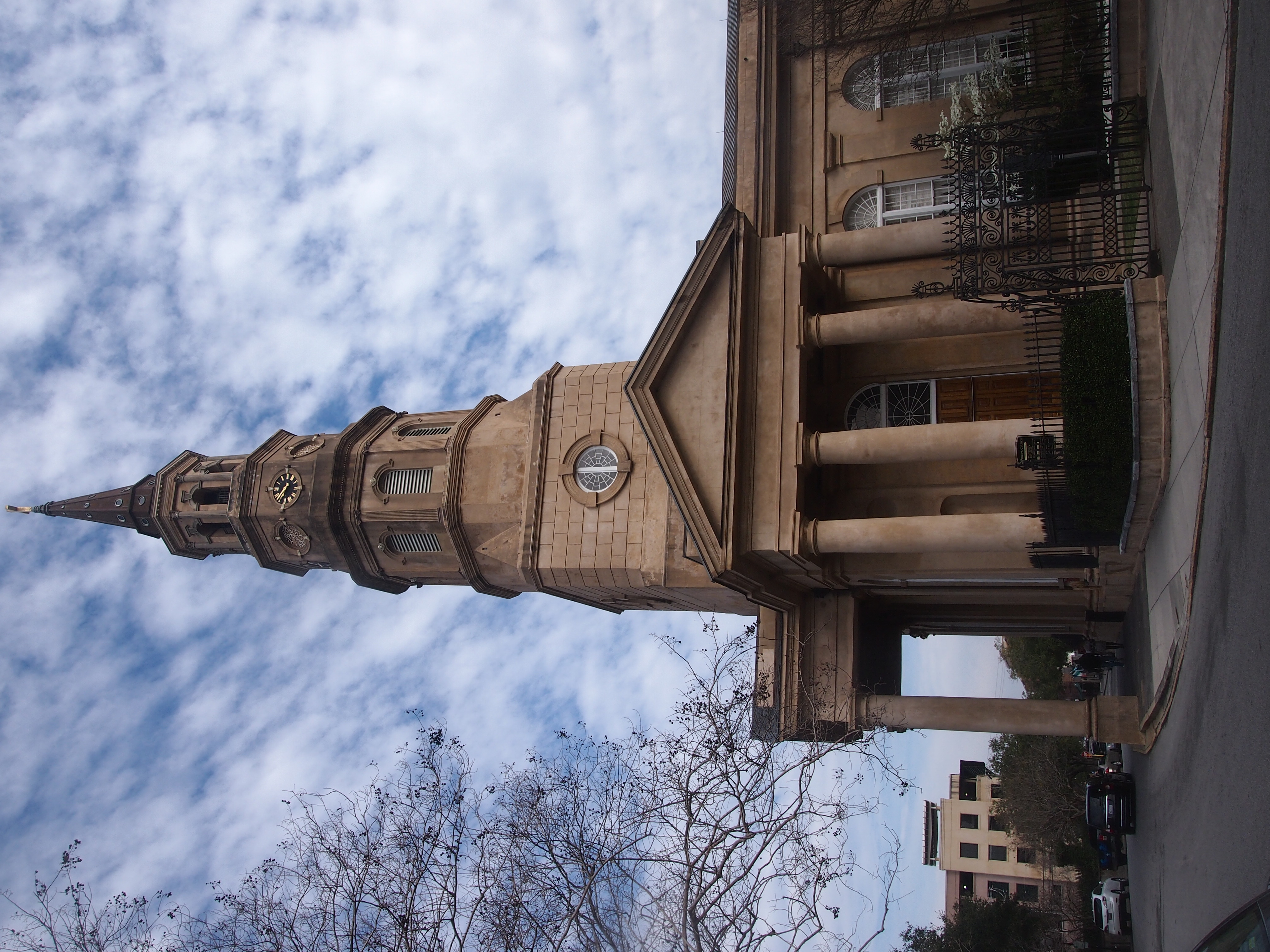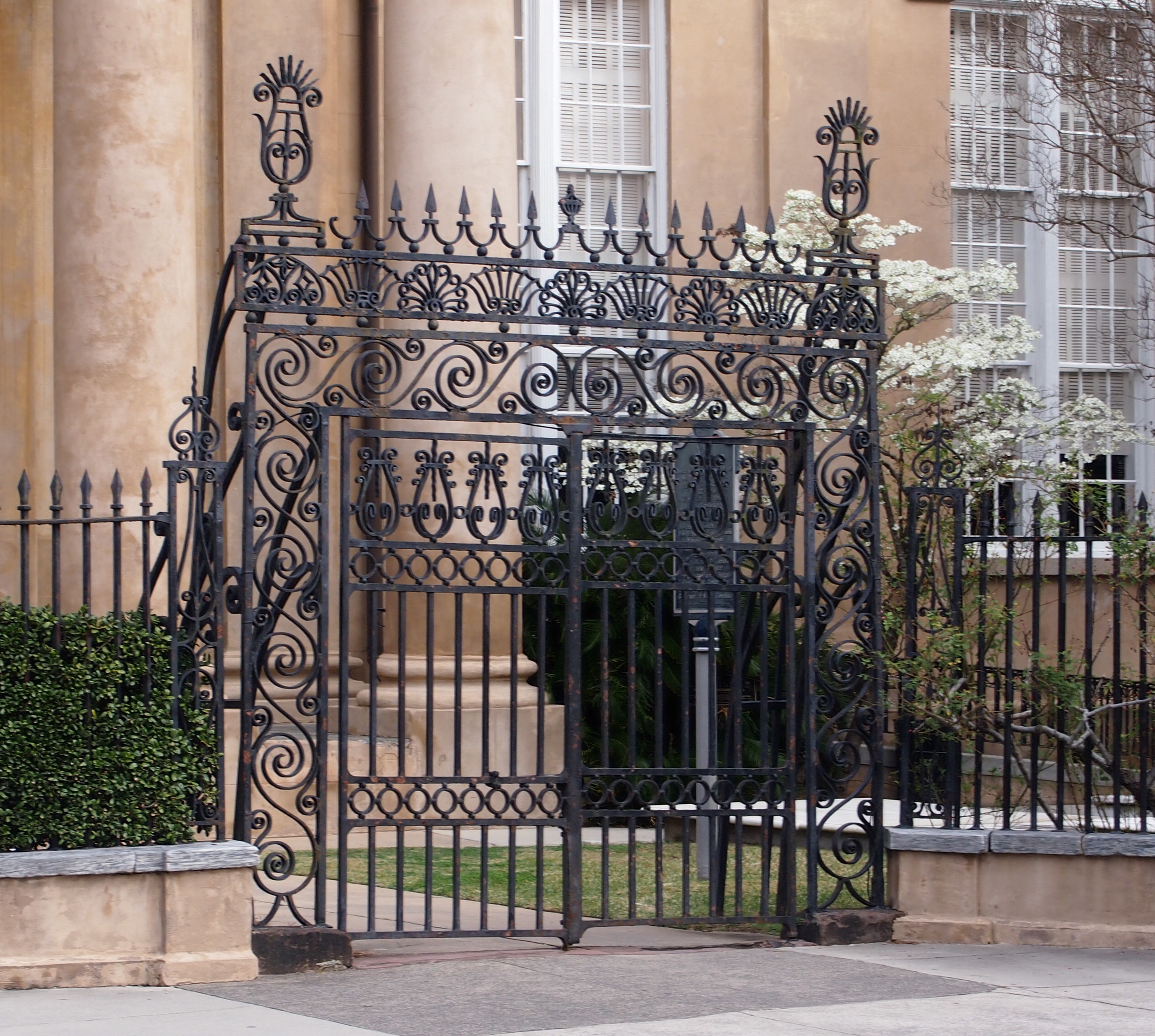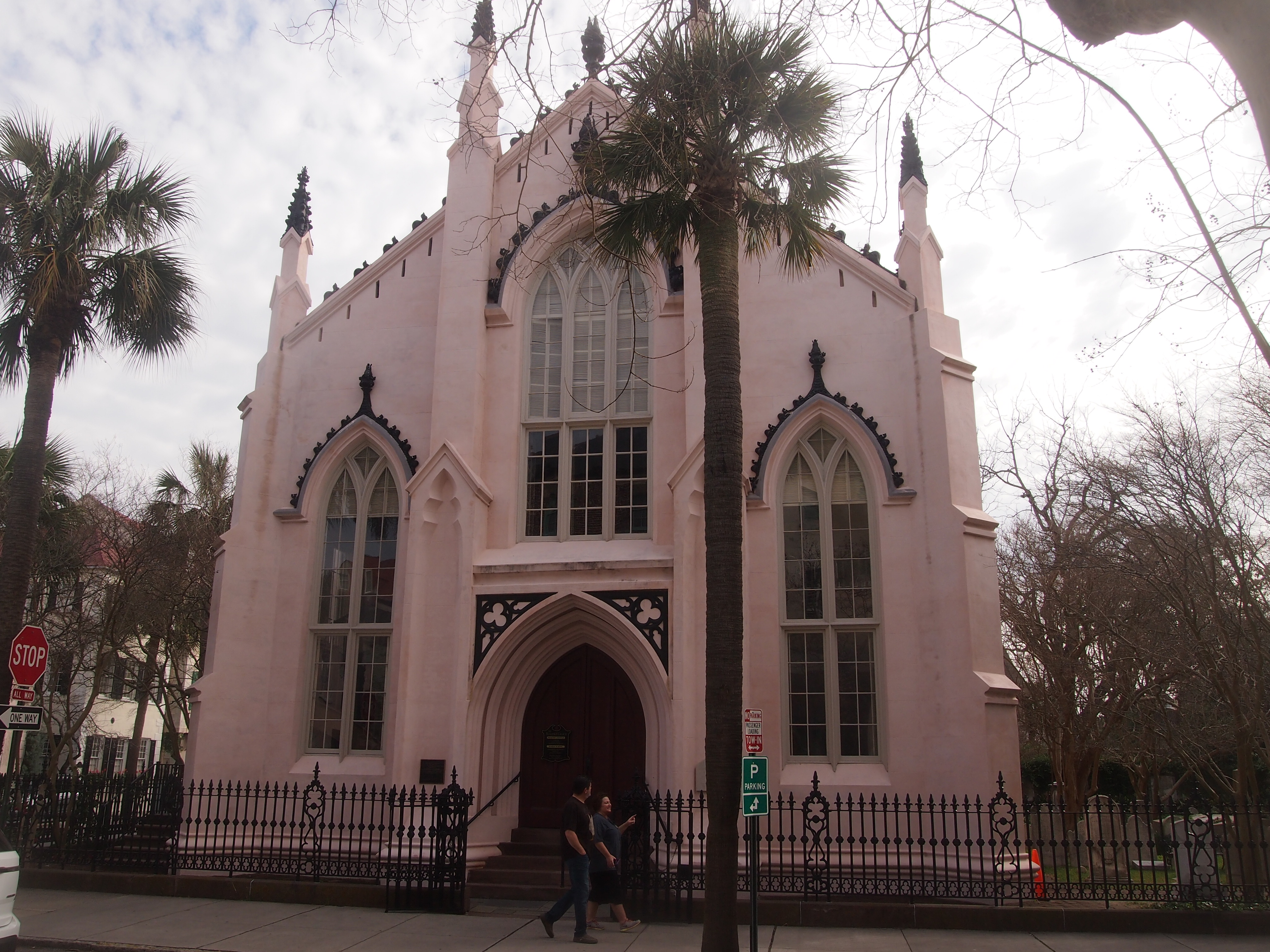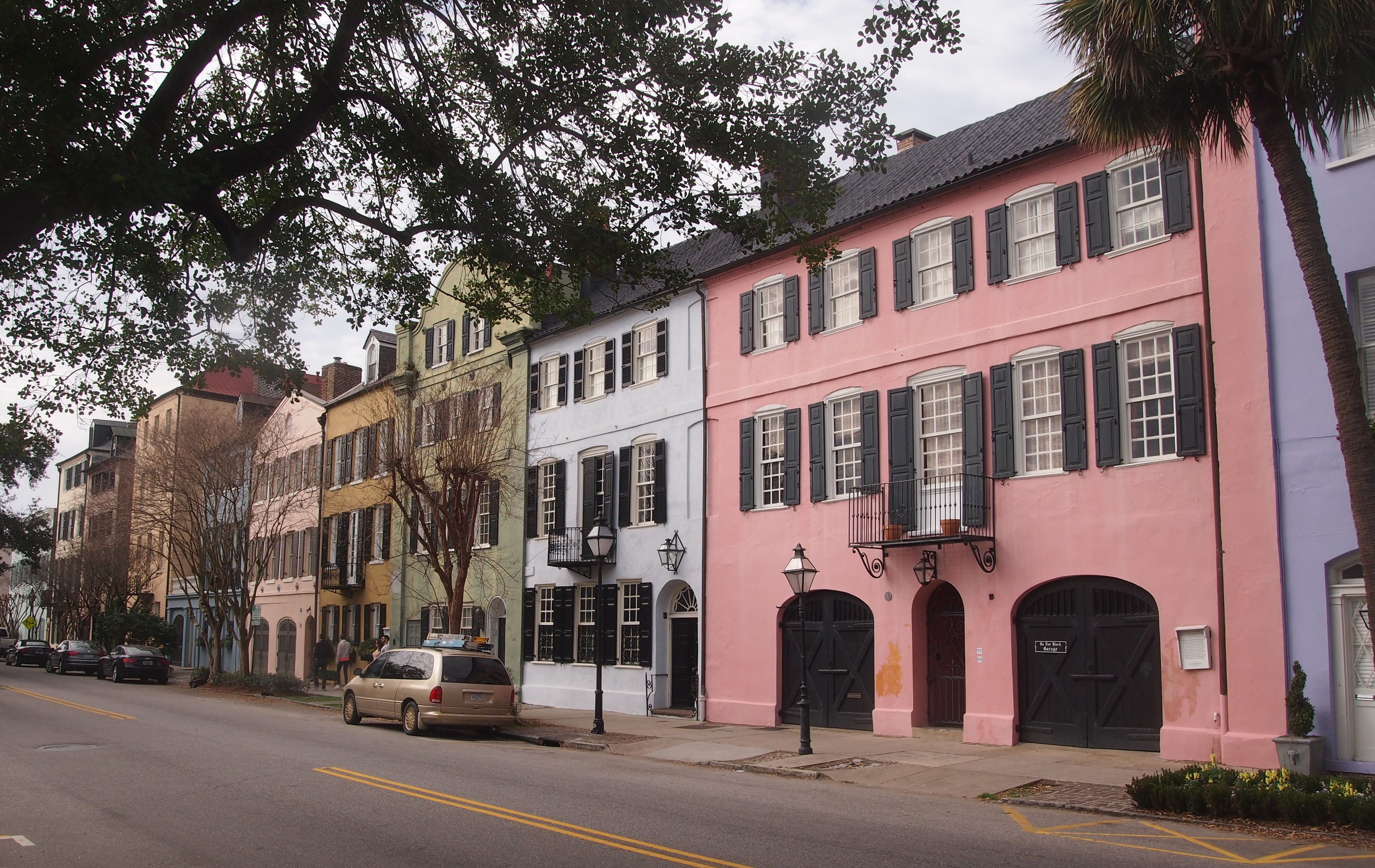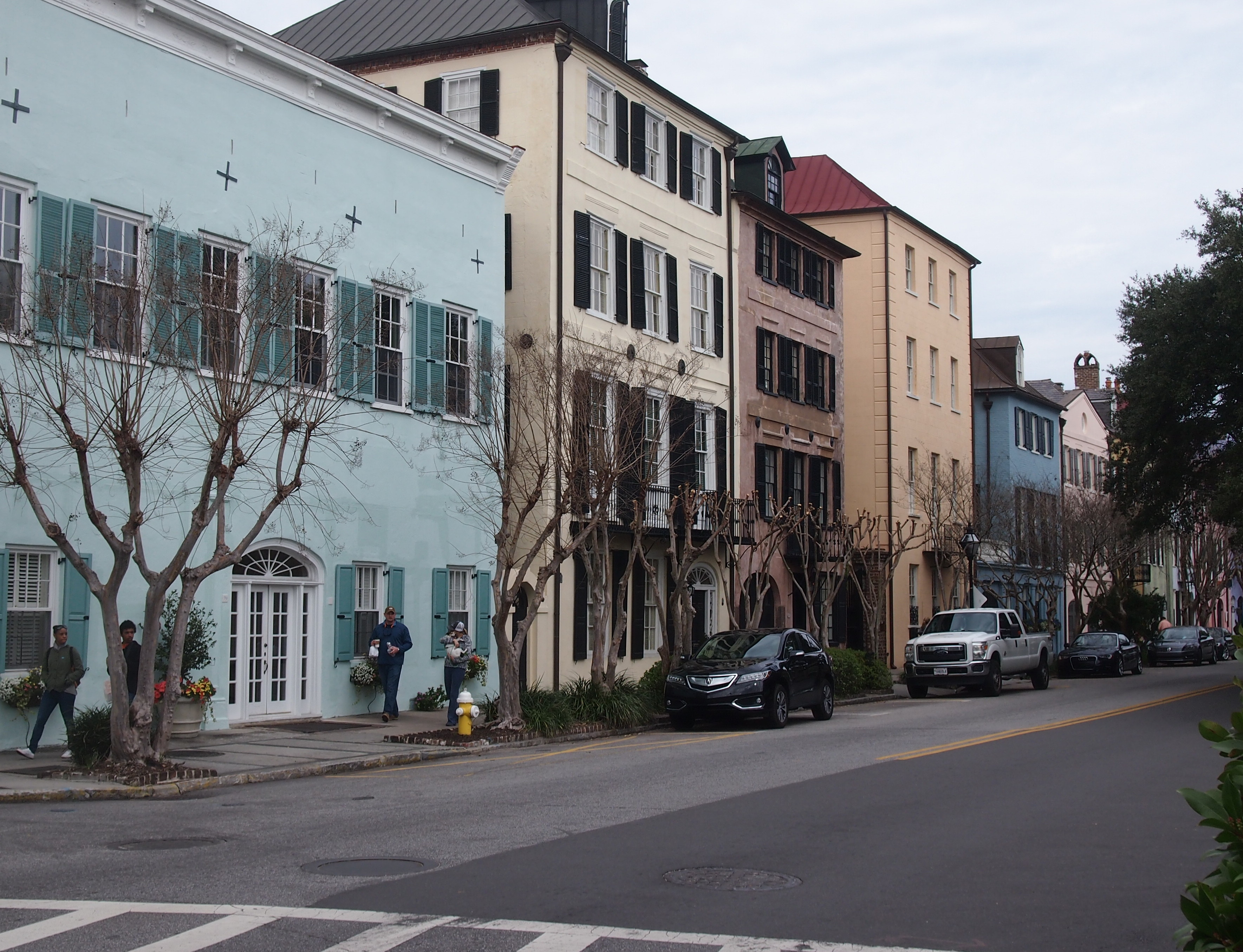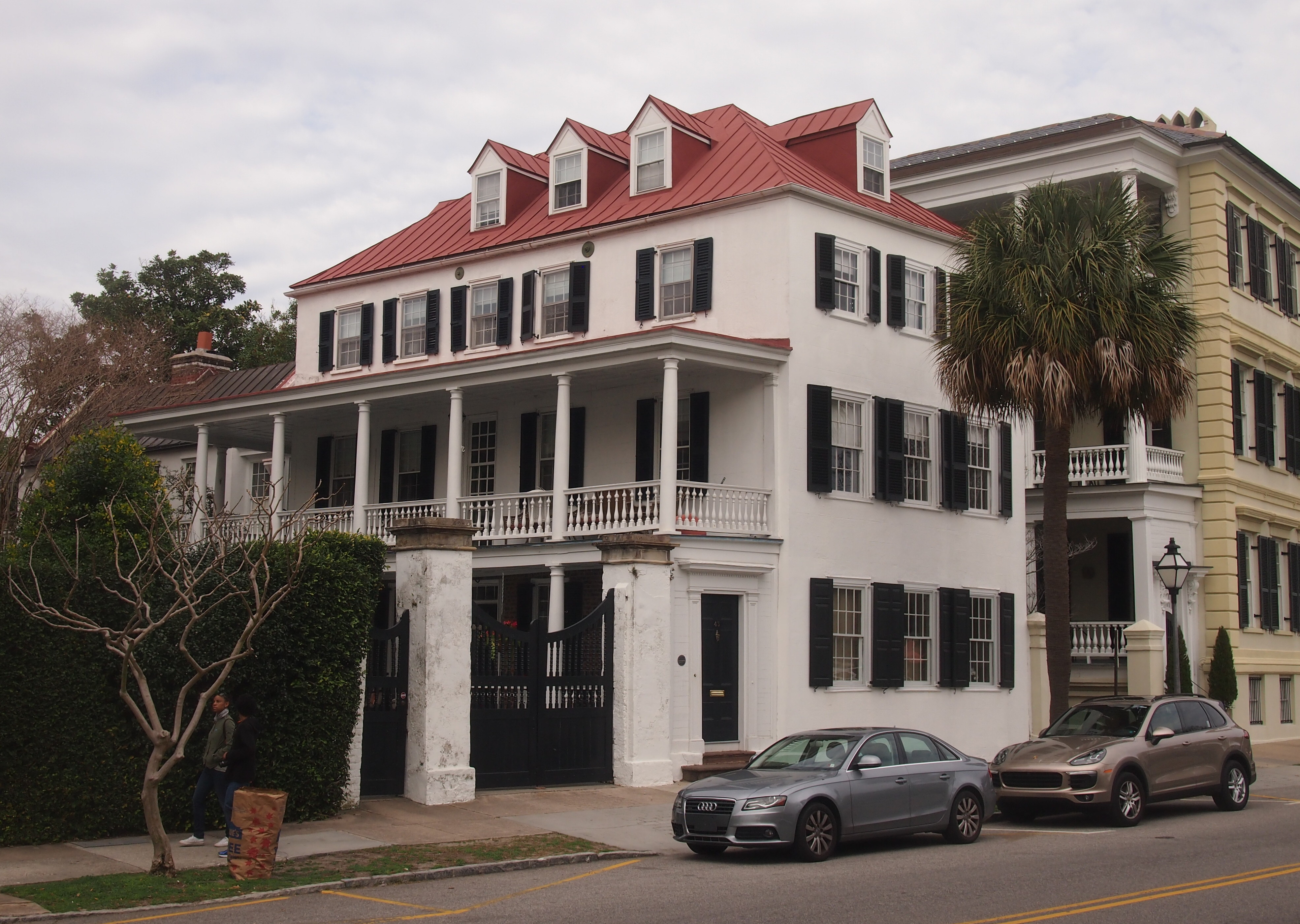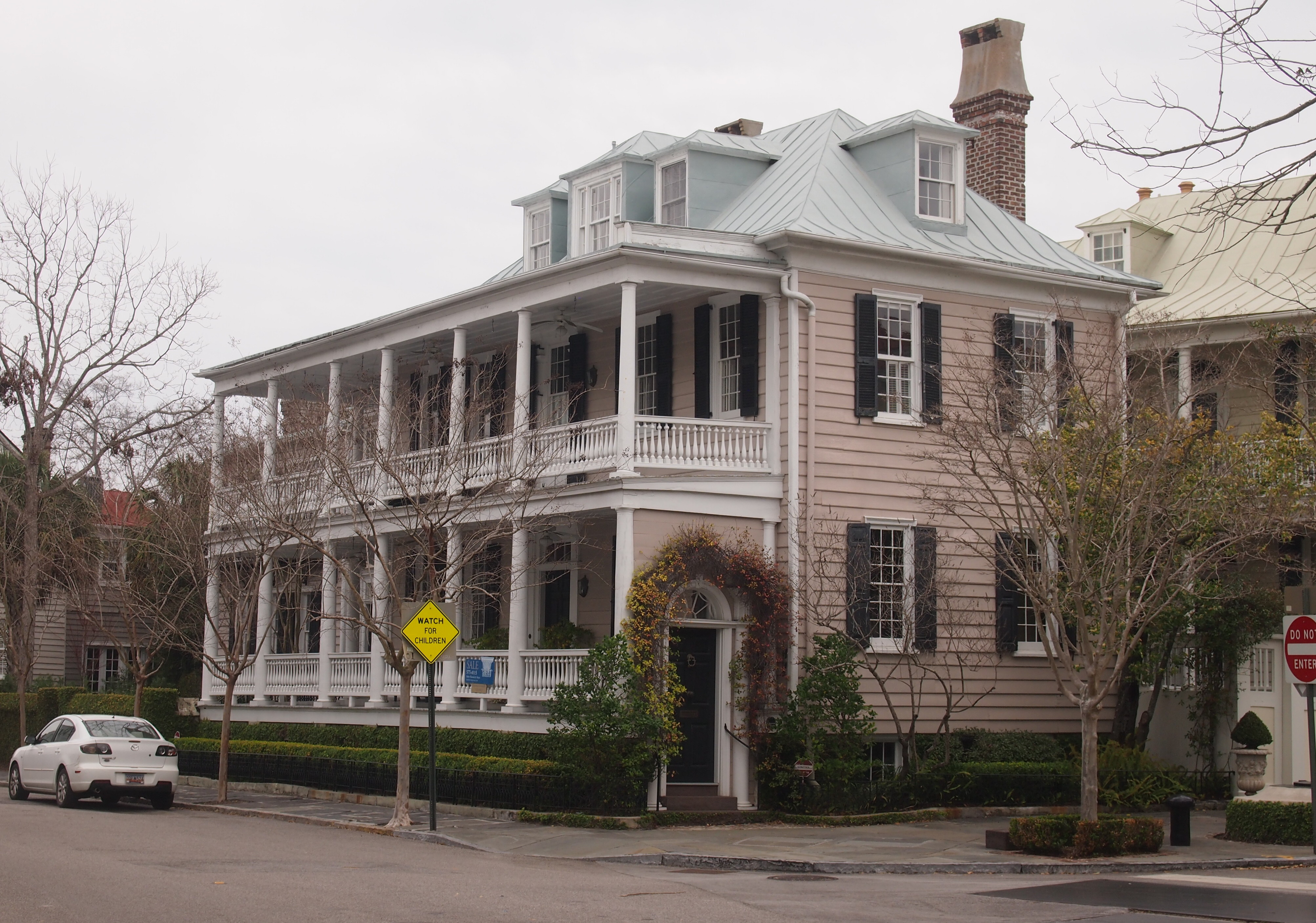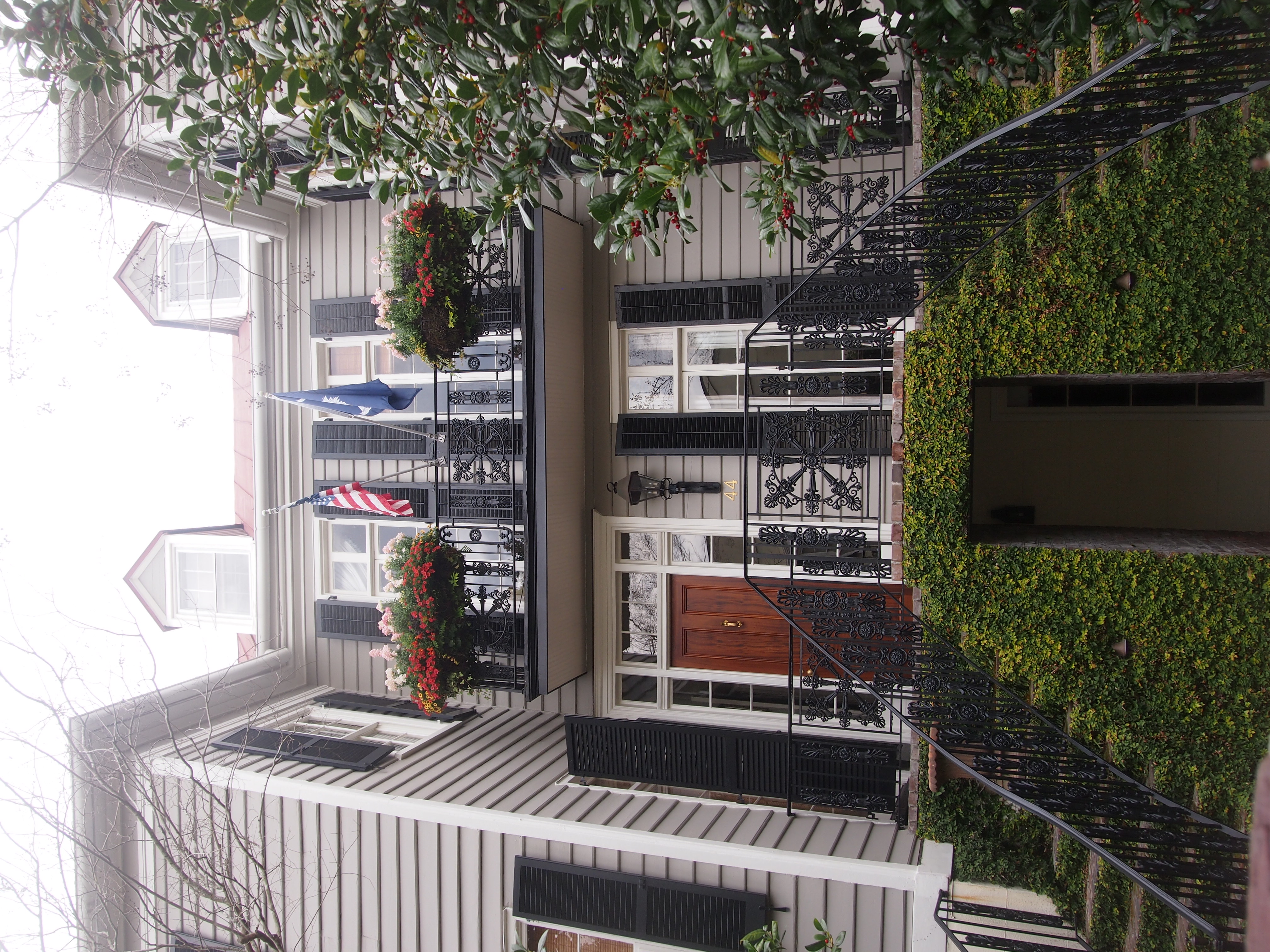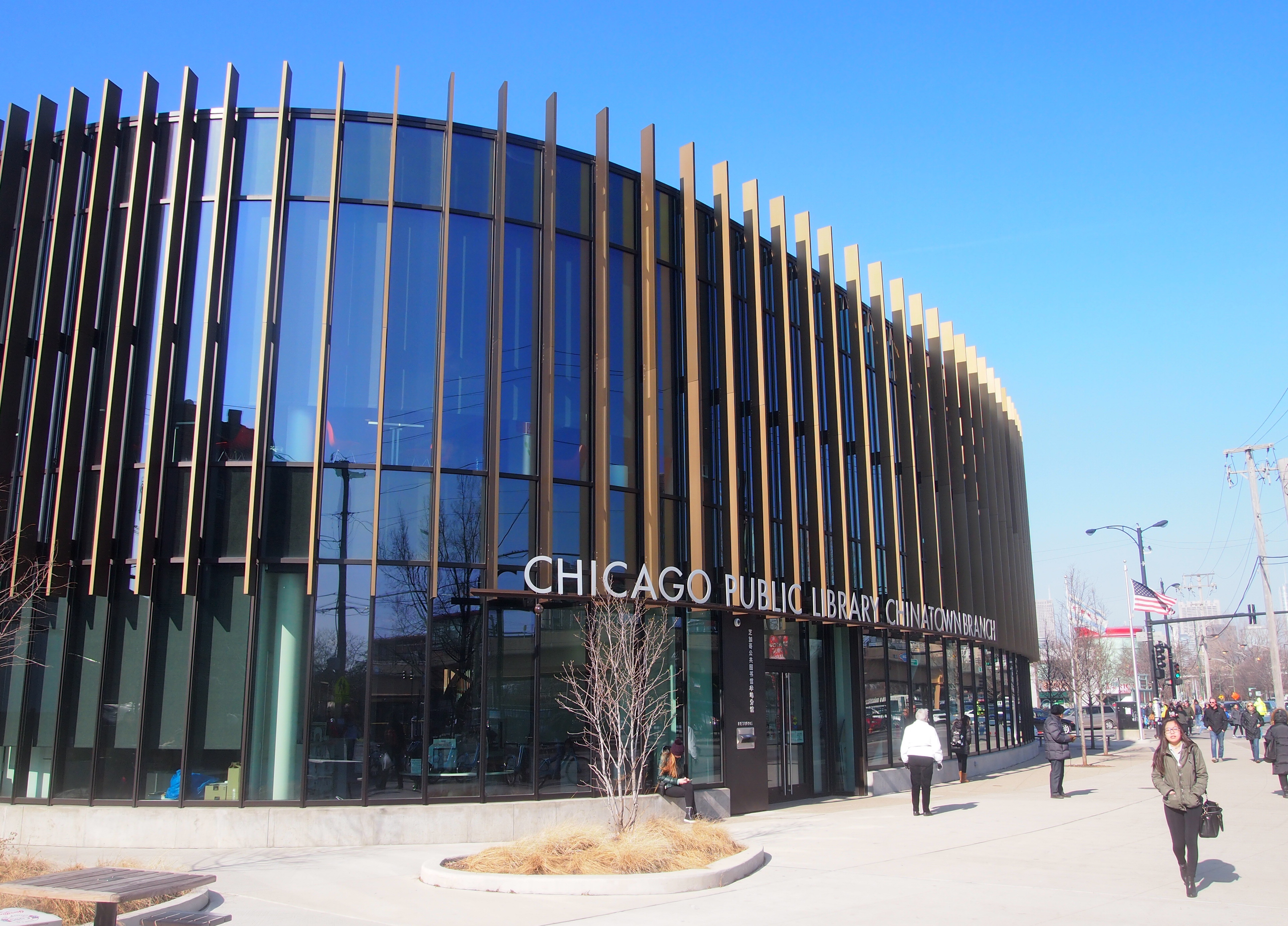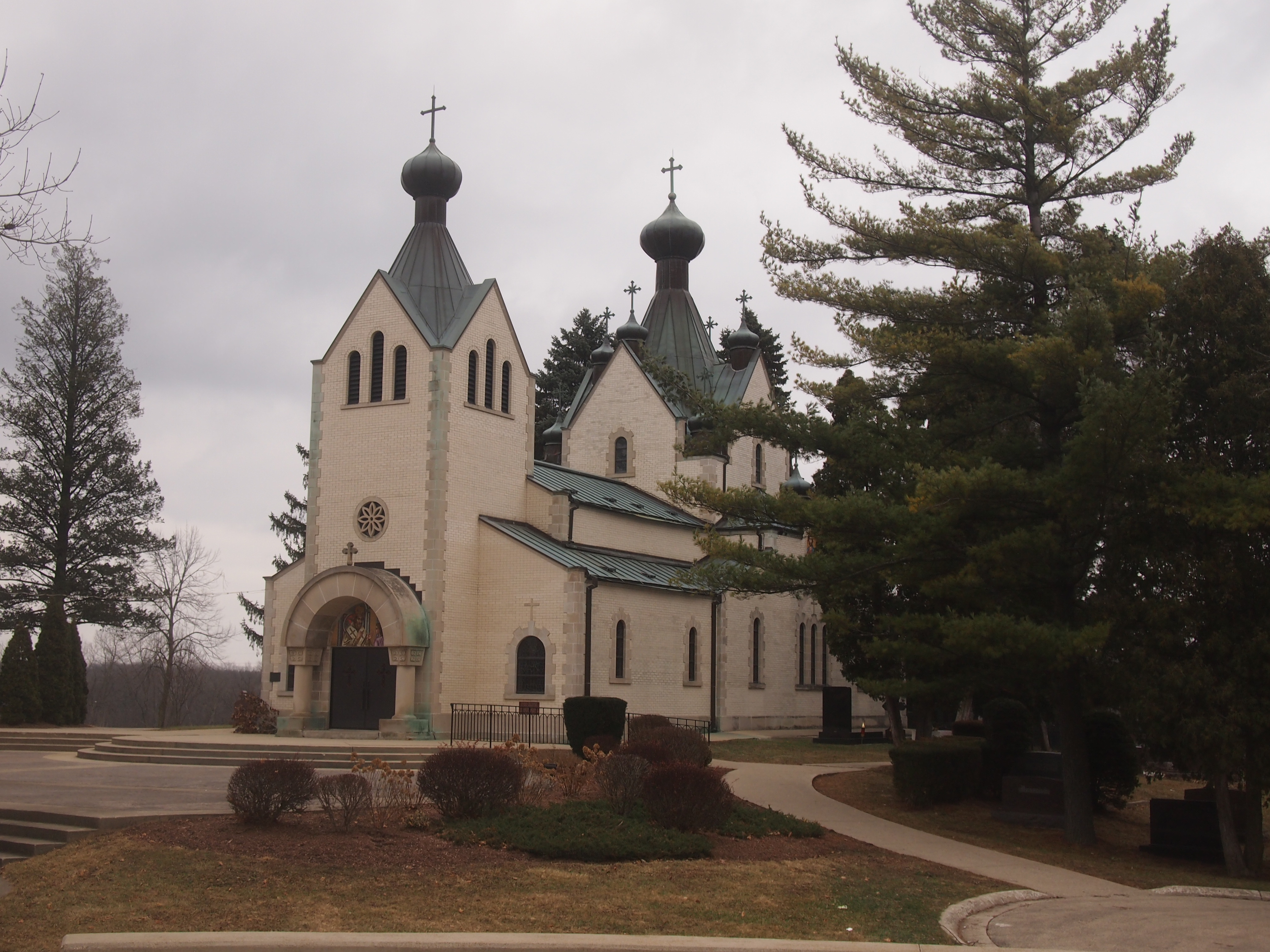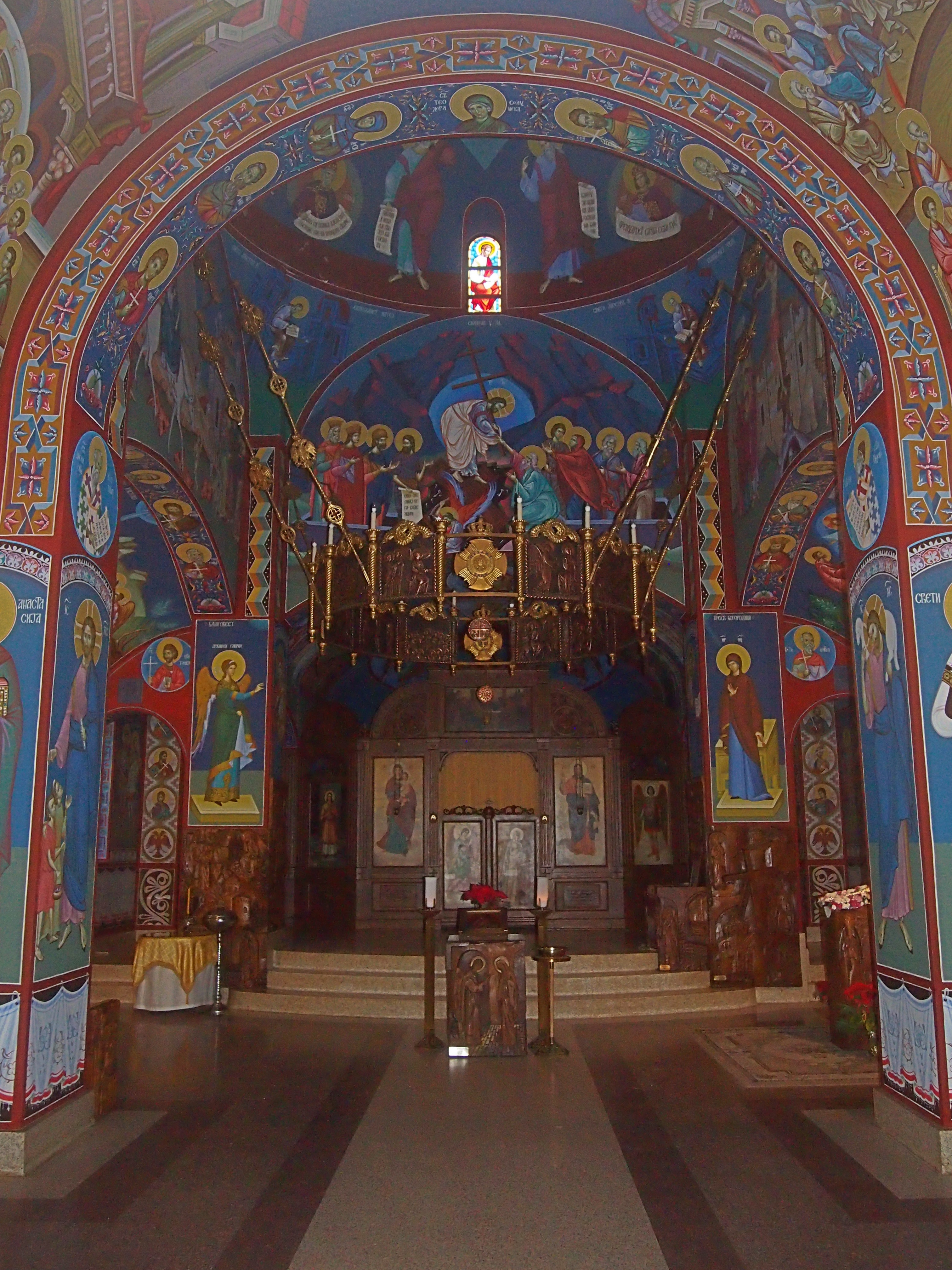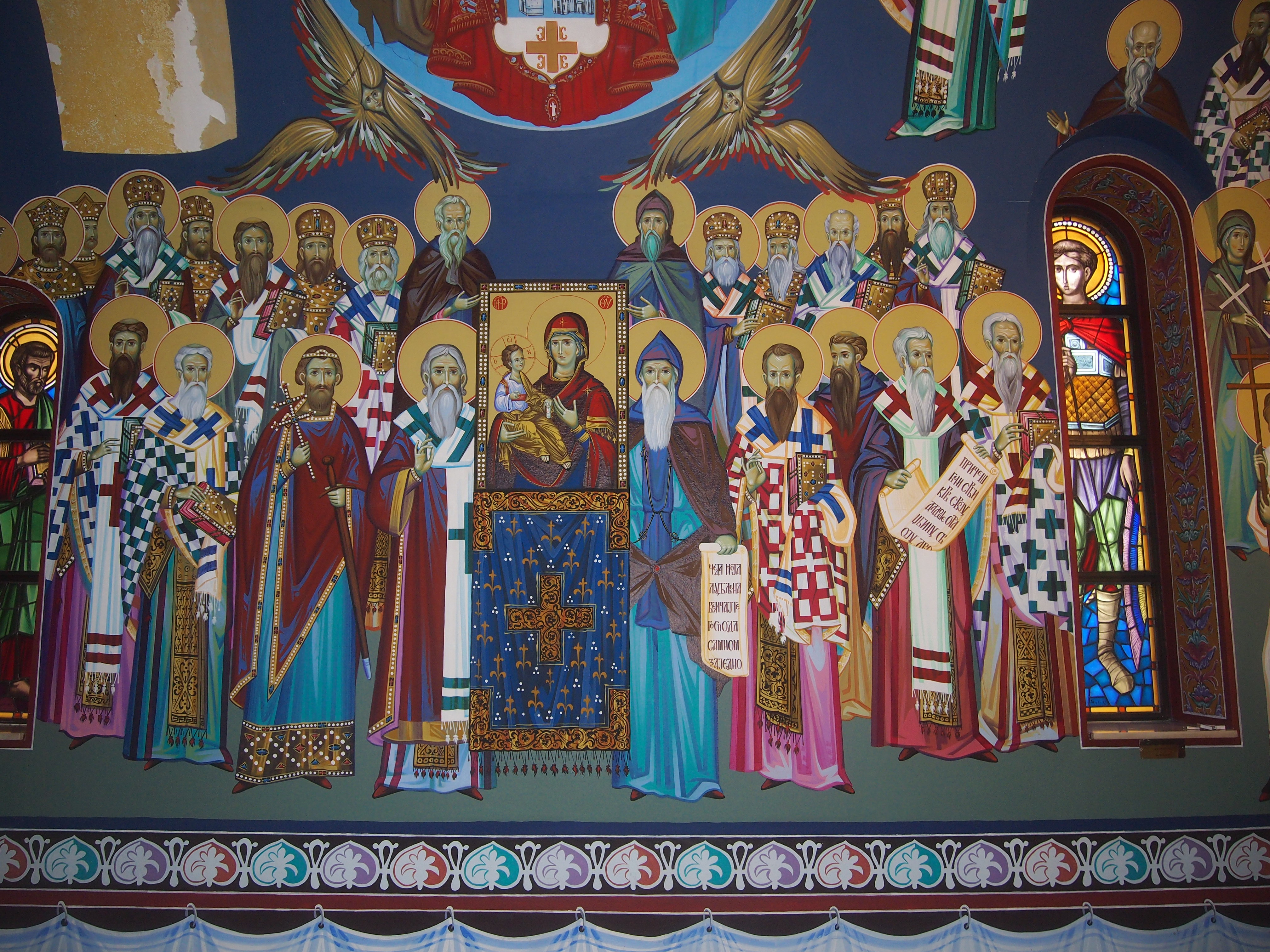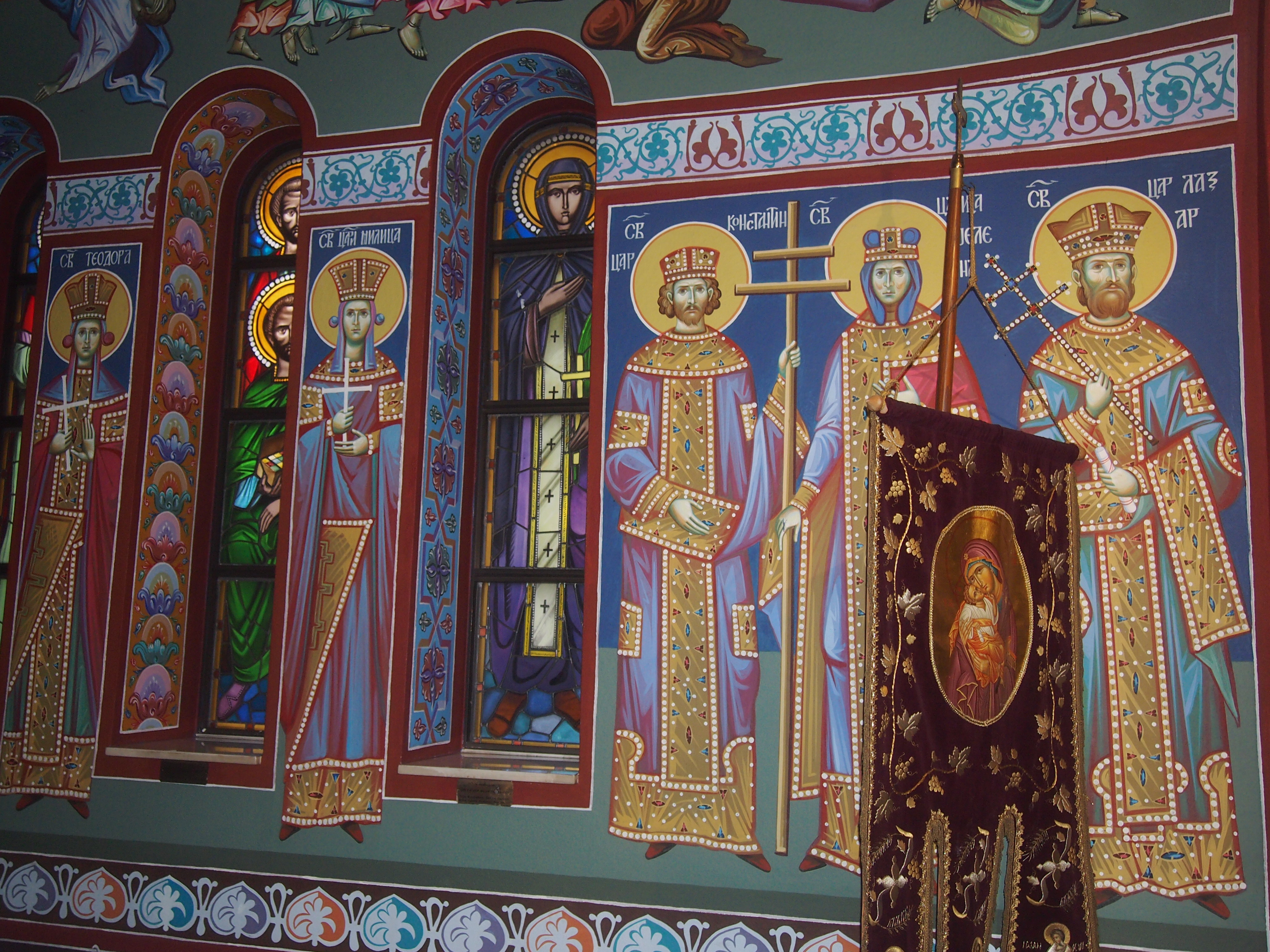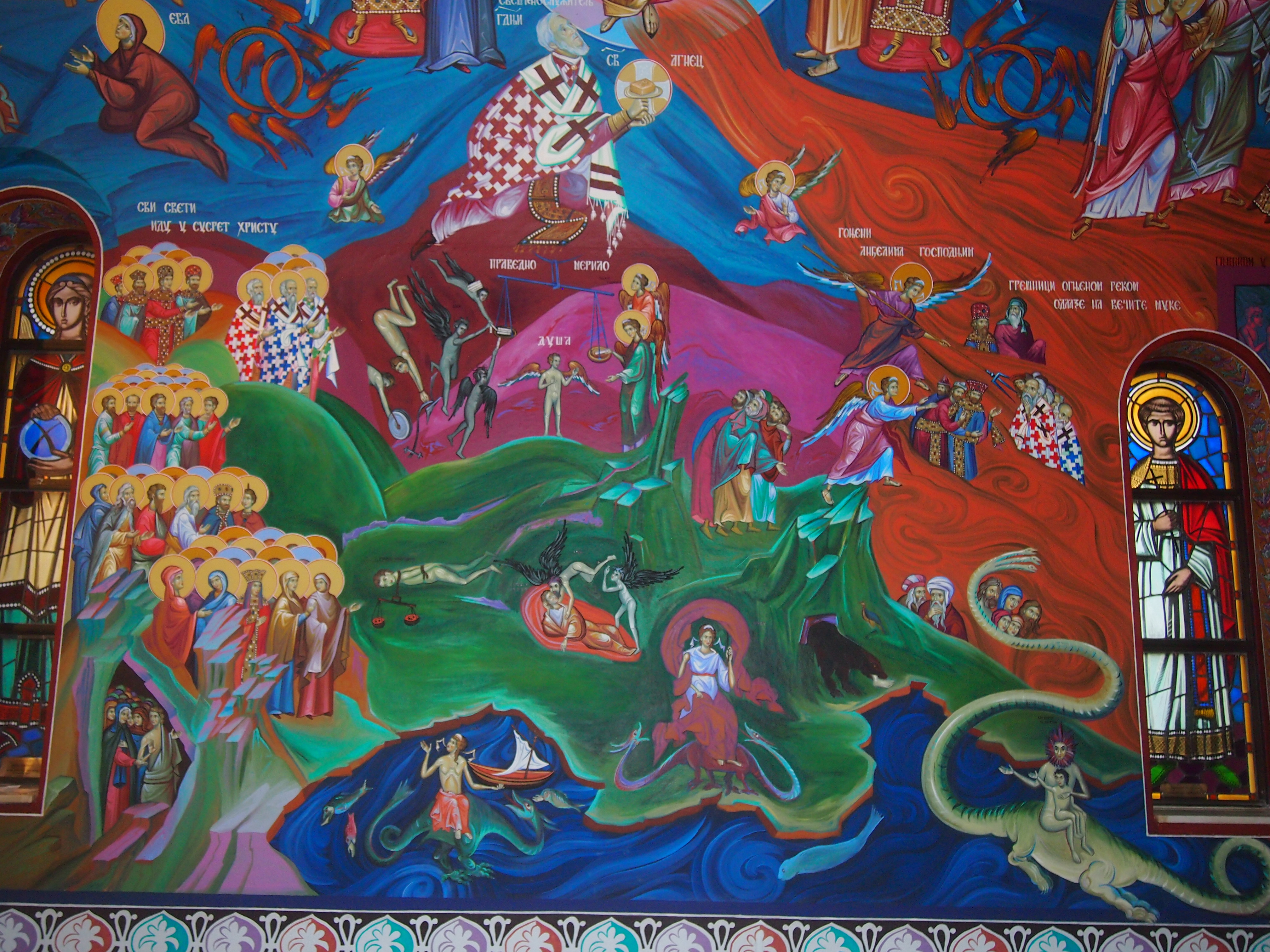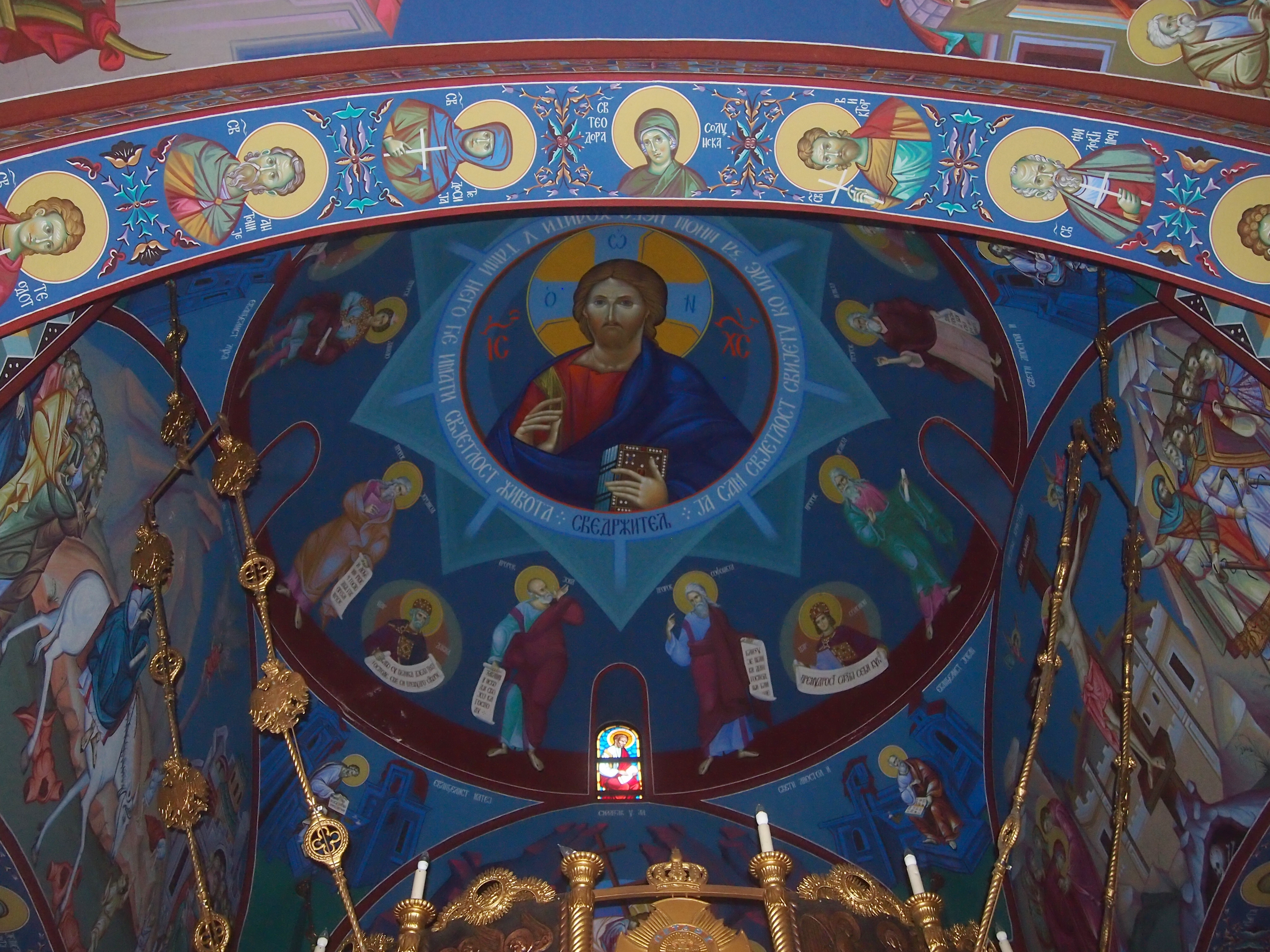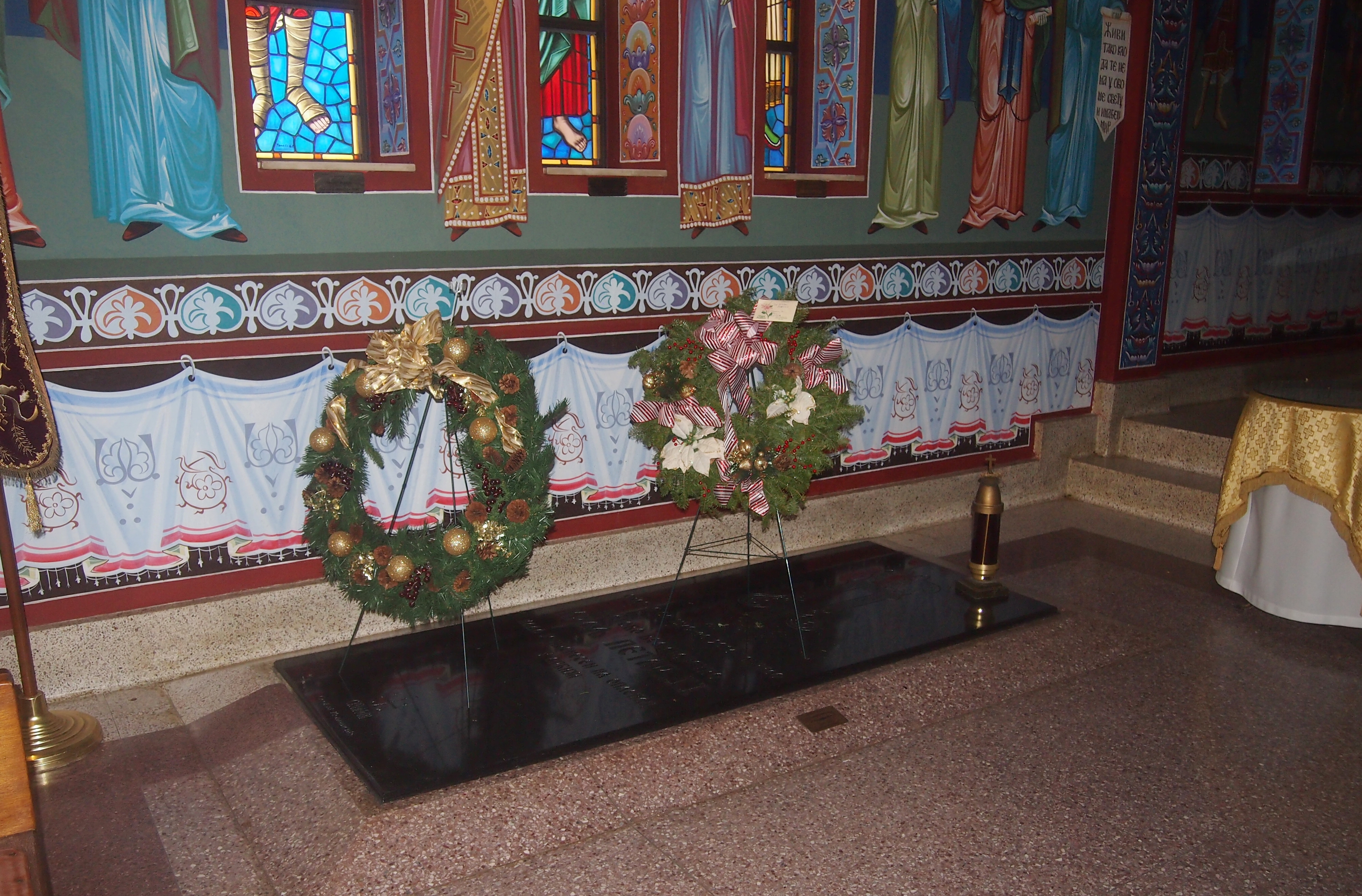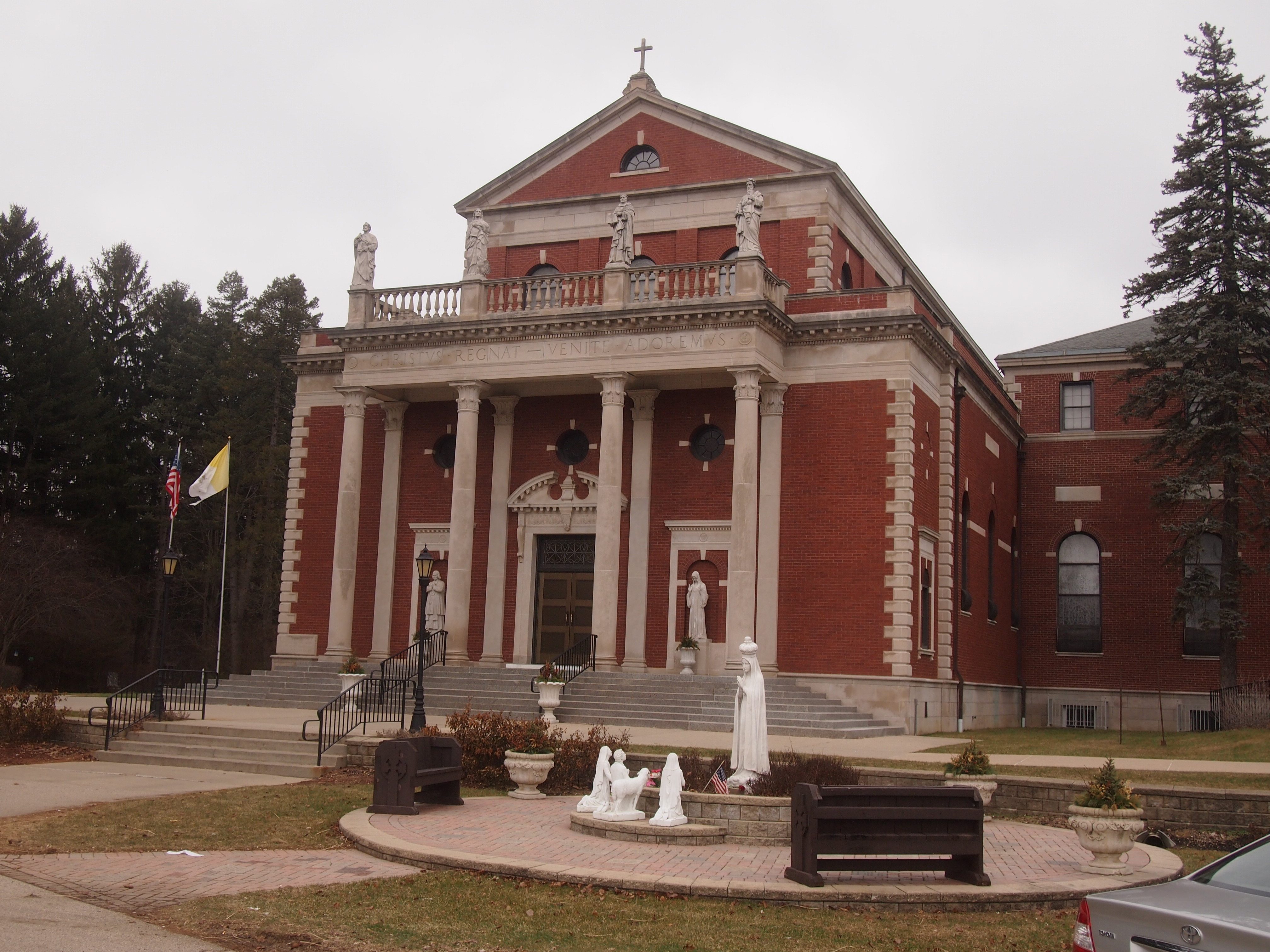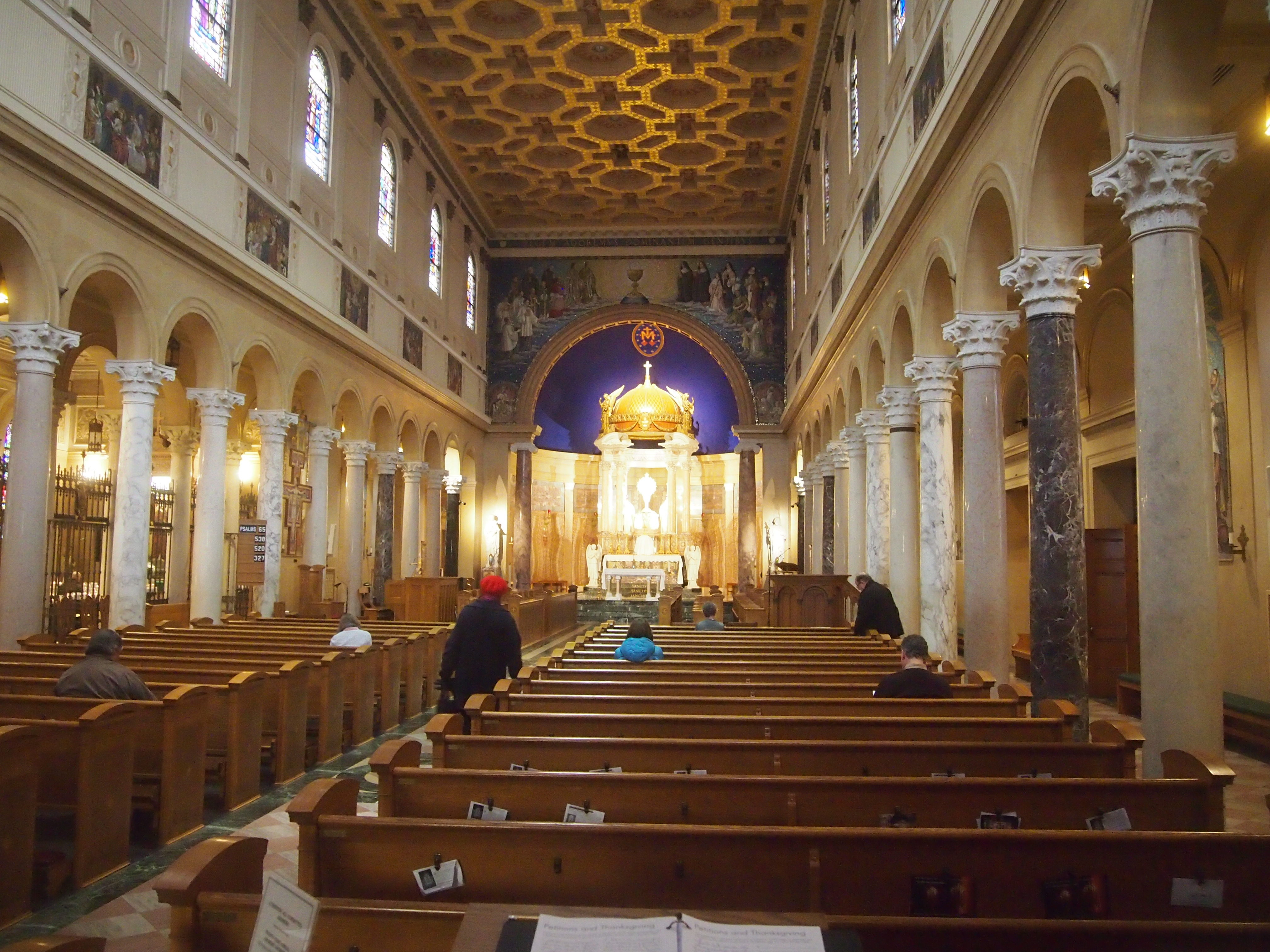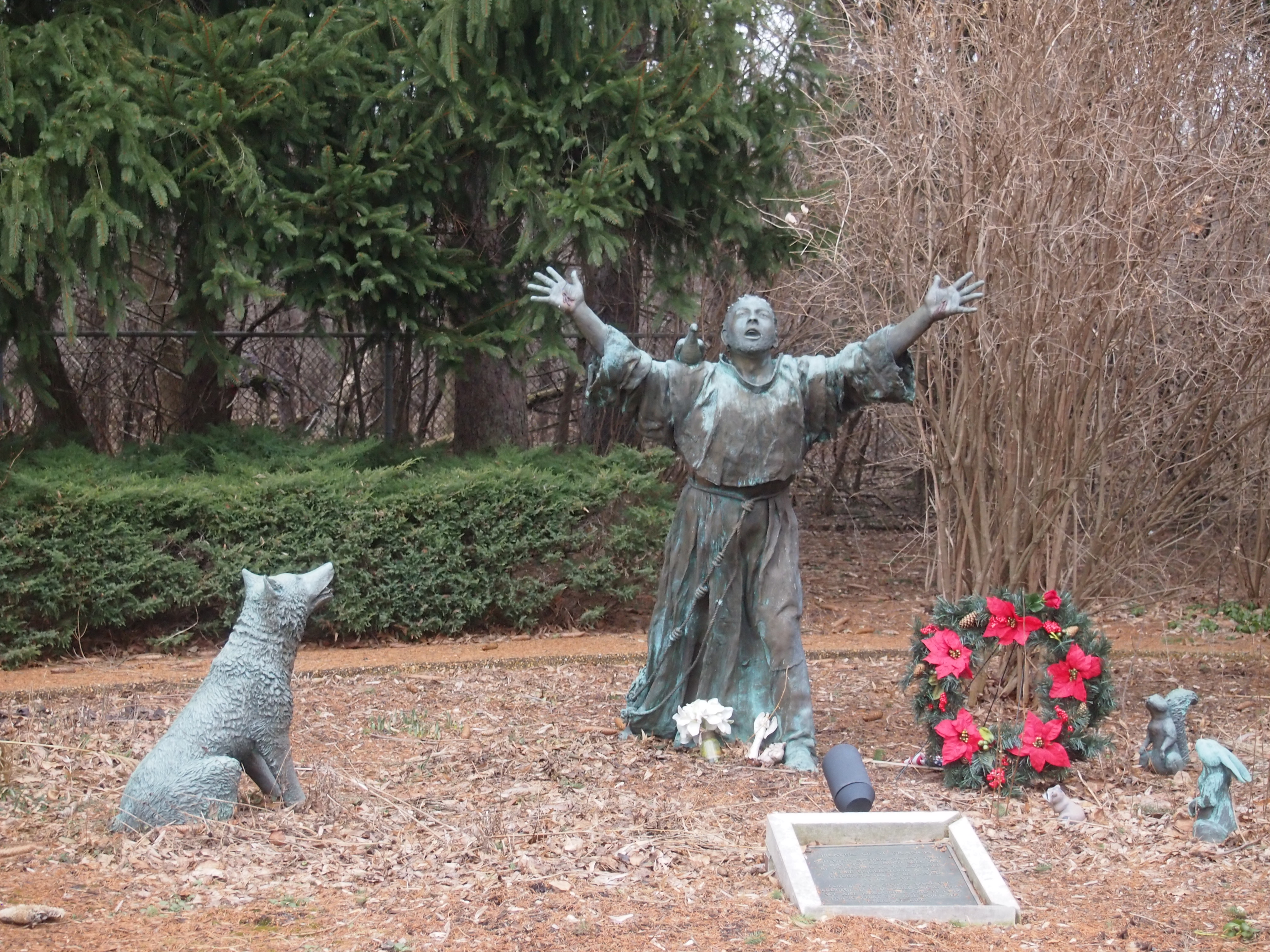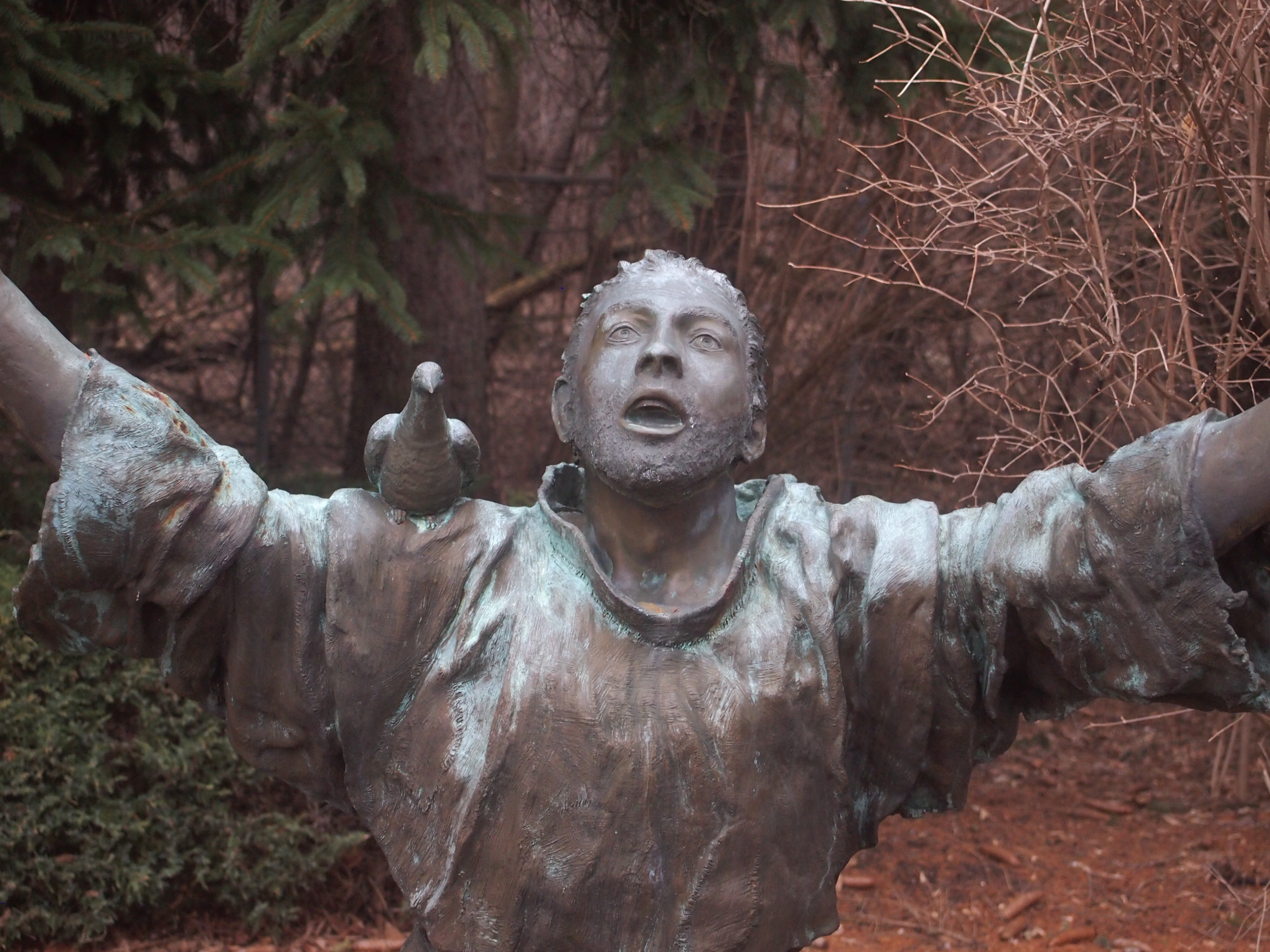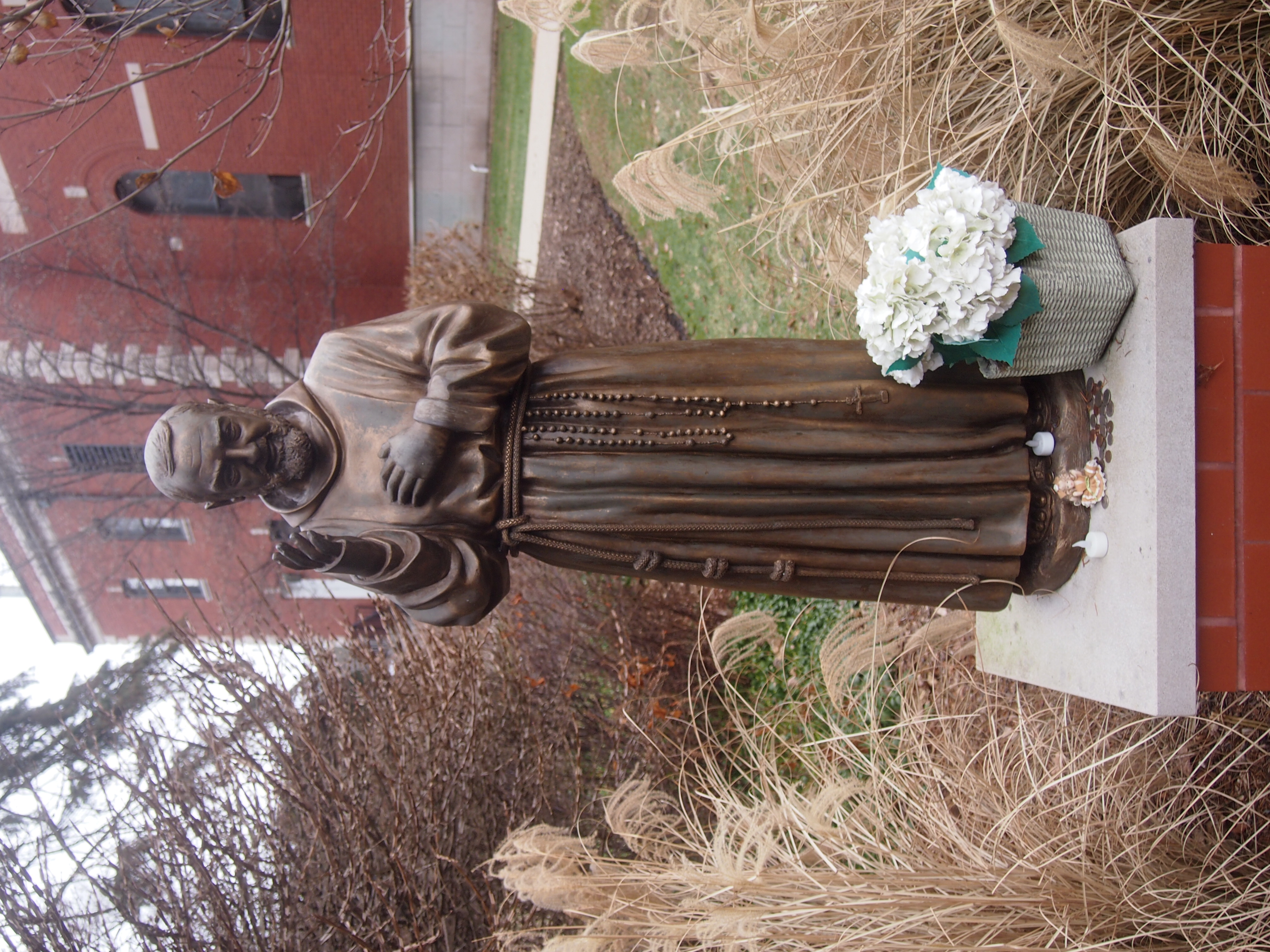Belvidere, town of about 25,000 and seat of Boone County, Ill., is east of Rockford, but not very far, so it’s part of the Rockford MSA. Rather than take the Interstate all the way back from Rockford, we drove on US BUS 20 for a while, then US 20. That route takes you near Belvidere Cemetery, home of the Pettit Memorial Chapel.
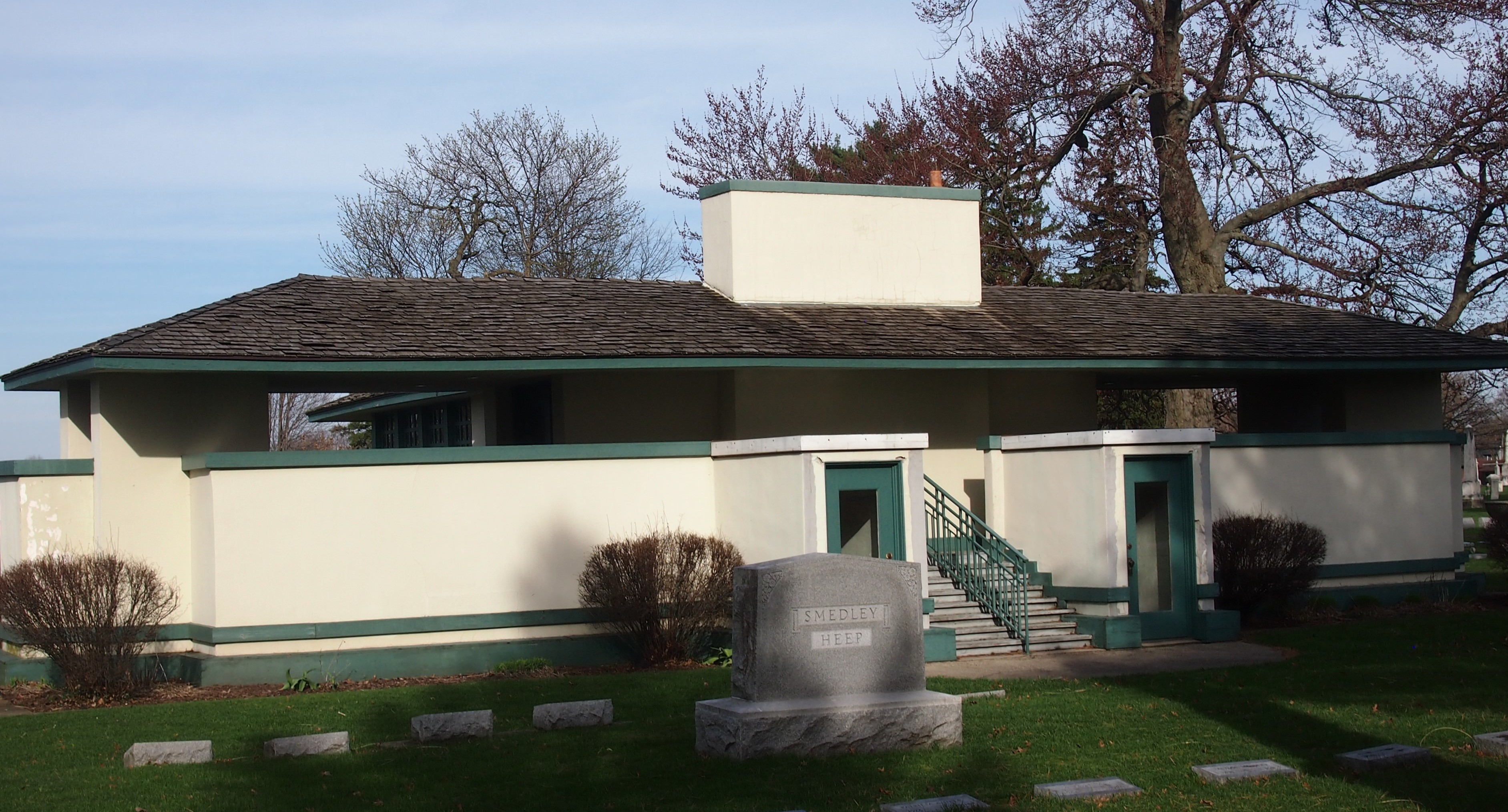 The chapel counts as minor Wright, vintage 1906 (pre-running off with a client’s wife, in other words, and pre-ax murders at Taliesin). The Frank Lloyd Wright Trust says that “the Pettit Memorial Chapel is a small structure on the grounds of Belvidere Cemetery… Emma Glasner Pettit, the sister of William A. Glasner, for whom Wright designed a home Glencoe in 1905, commissioned the chapel in honor of her deceased husband, William H. Pettit.
The chapel counts as minor Wright, vintage 1906 (pre-running off with a client’s wife, in other words, and pre-ax murders at Taliesin). The Frank Lloyd Wright Trust says that “the Pettit Memorial Chapel is a small structure on the grounds of Belvidere Cemetery… Emma Glasner Pettit, the sister of William A. Glasner, for whom Wright designed a home Glencoe in 1905, commissioned the chapel in honor of her deceased husband, William H. Pettit.
“The chapel consists of a long narrow porch and an adjoining, rectangular room for memorial services. Raised above ground level, the chapel is accessed via a staircase at the front of the porch, or a set of angled staircases that flank the meeting room at the rear of the porch. Just as he did in his residential designs, Wright included a centrally located fireplace with a broad chimney that emerges from a low-hipped roof.”
We went onto the porch.
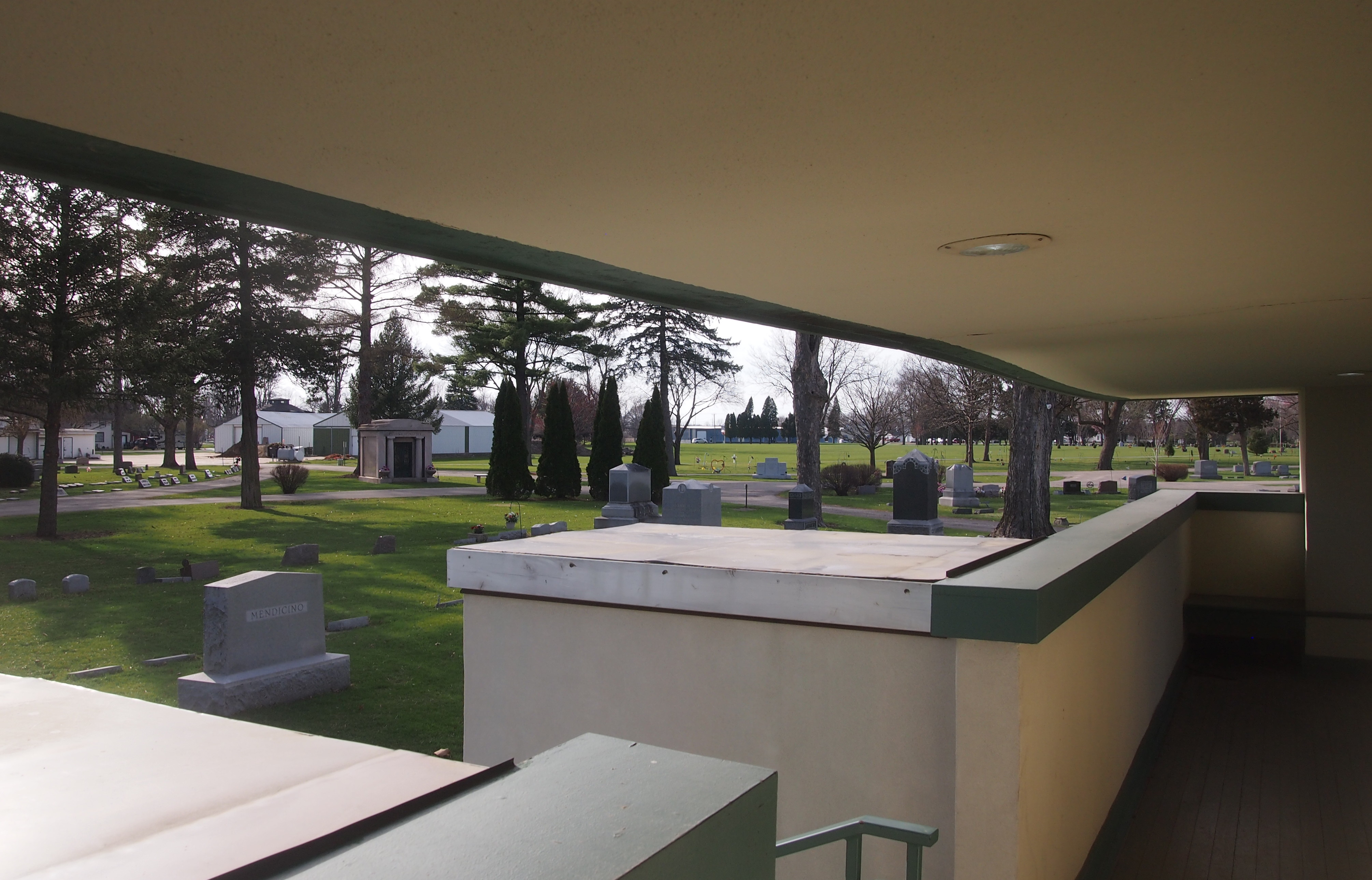 Then we went around back. The rectangular room — marked by green window trim — was locked.
Then we went around back. The rectangular room — marked by green window trim — was locked.
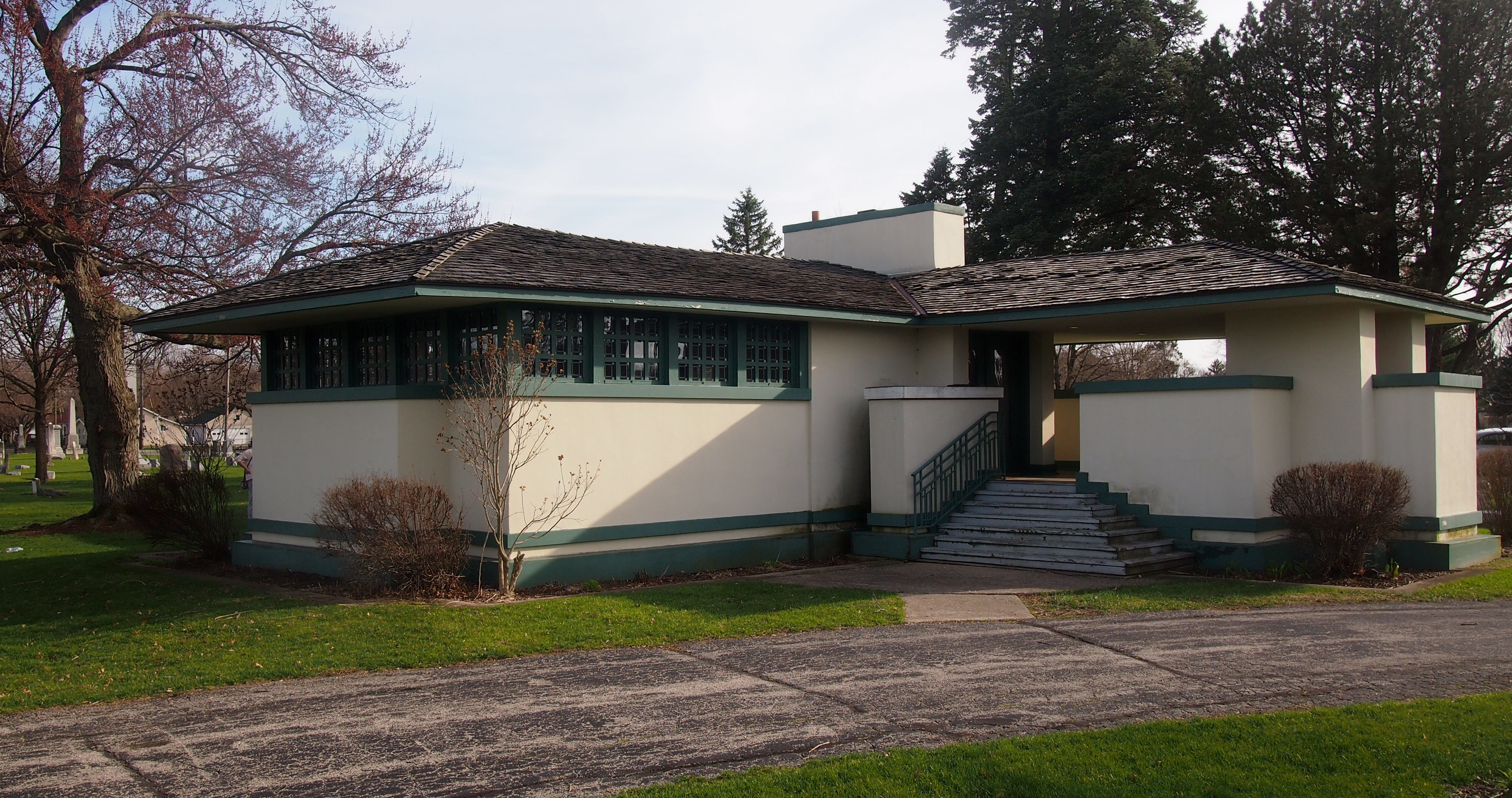 The cemetery looked fairly nice, but we didn’t take any time for a closer look. This is a view from the chapel.
The cemetery looked fairly nice, but we didn’t take any time for a closer look. This is a view from the chapel.
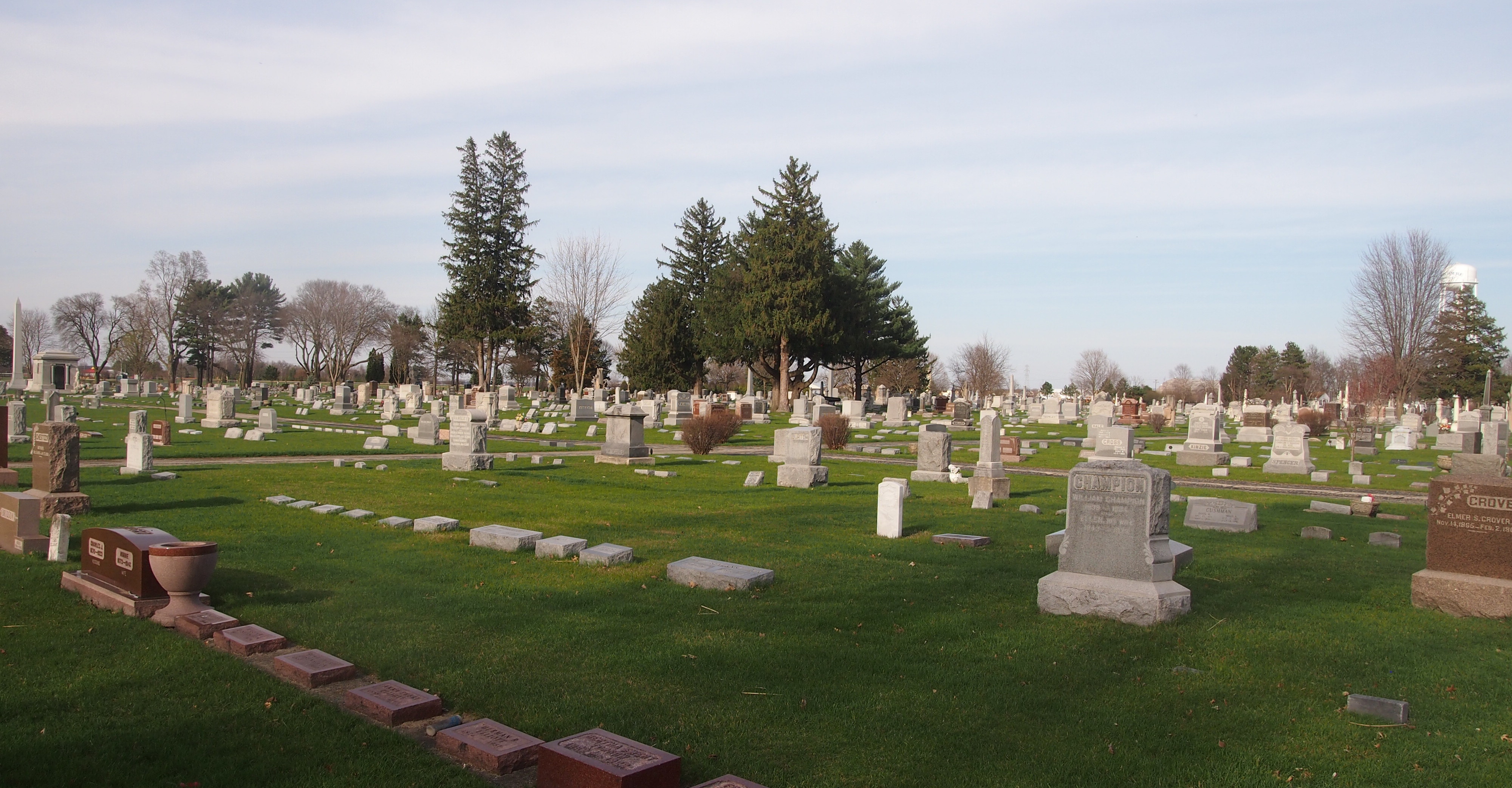 We didn’t see William Pettit’s stone. According to the nomination form for the National Register of Historic Places (by an Oak Park architect named Thomas A. Heinz), “Dr. Pettit had the largest practice in northern Iowa, and most of the state mourned his sudden passing in 1899… After proper deliberation as to a suitable memorial, it was decided to build a chapel in Belvidere, his hometown…”
We didn’t see William Pettit’s stone. According to the nomination form for the National Register of Historic Places (by an Oak Park architect named Thomas A. Heinz), “Dr. Pettit had the largest practice in northern Iowa, and most of the state mourned his sudden passing in 1899… After proper deliberation as to a suitable memorial, it was decided to build a chapel in Belvidere, his hometown…”
Also in the nomination form: “[The chapel]… is the only structure of its kind in the oevre of [Wright’s] work, the only memorial or cemetery structure ever built.”
